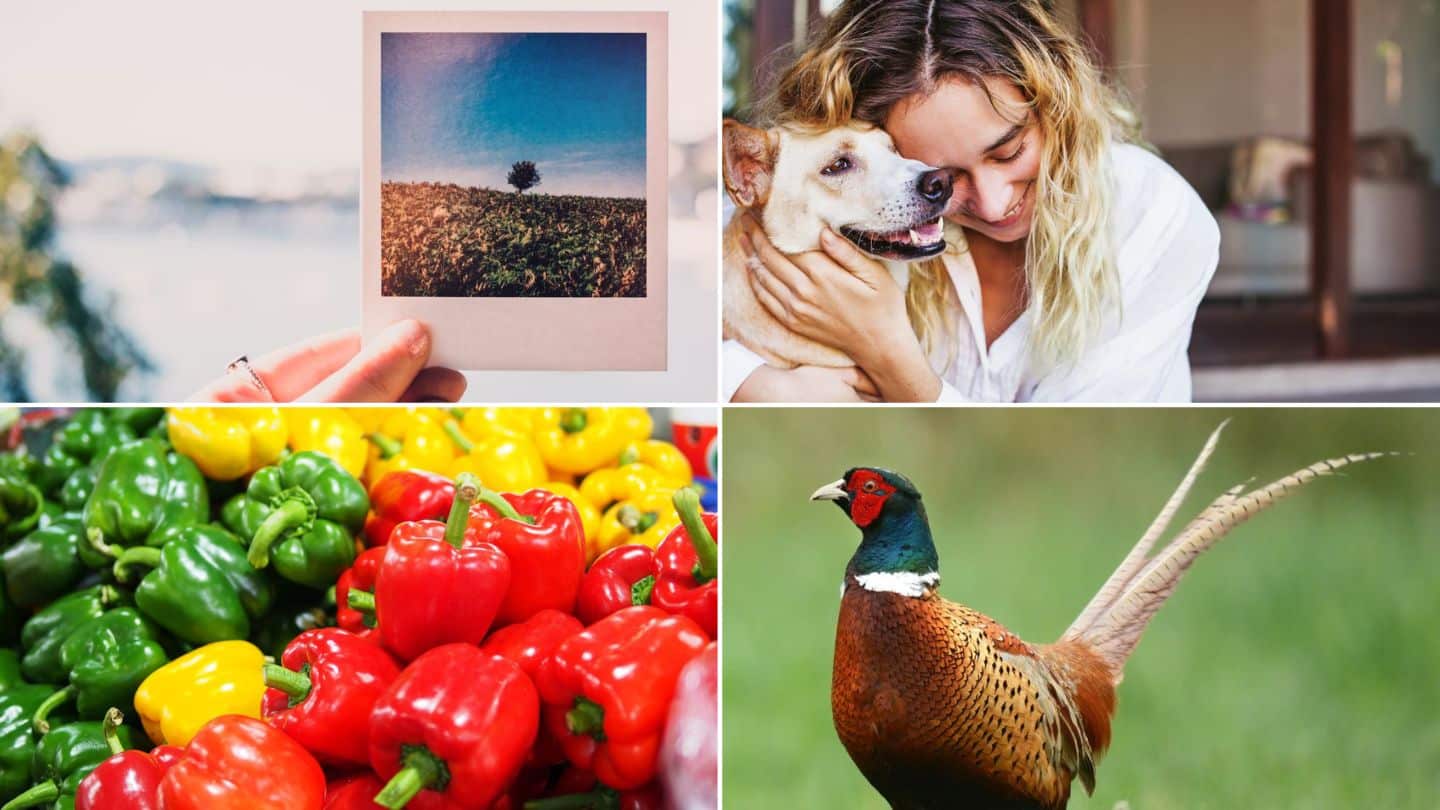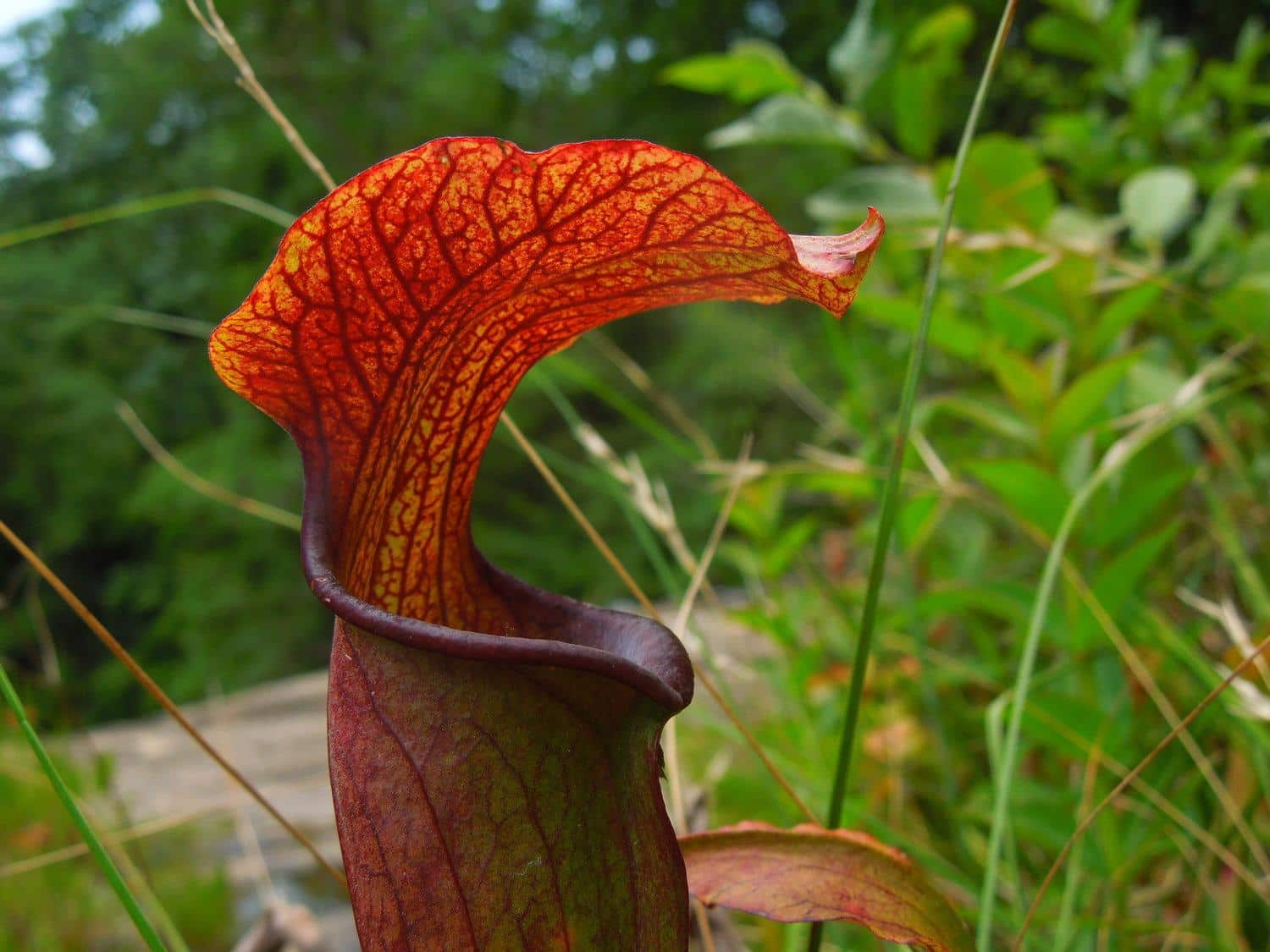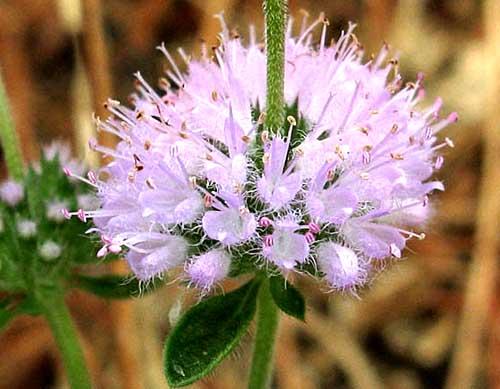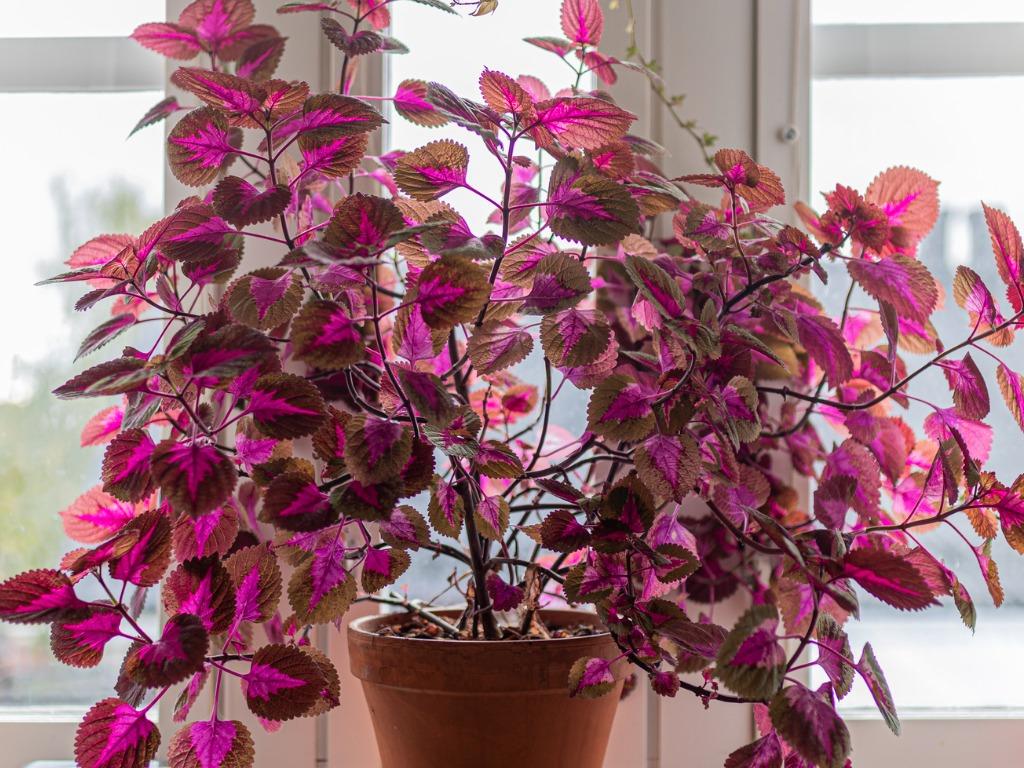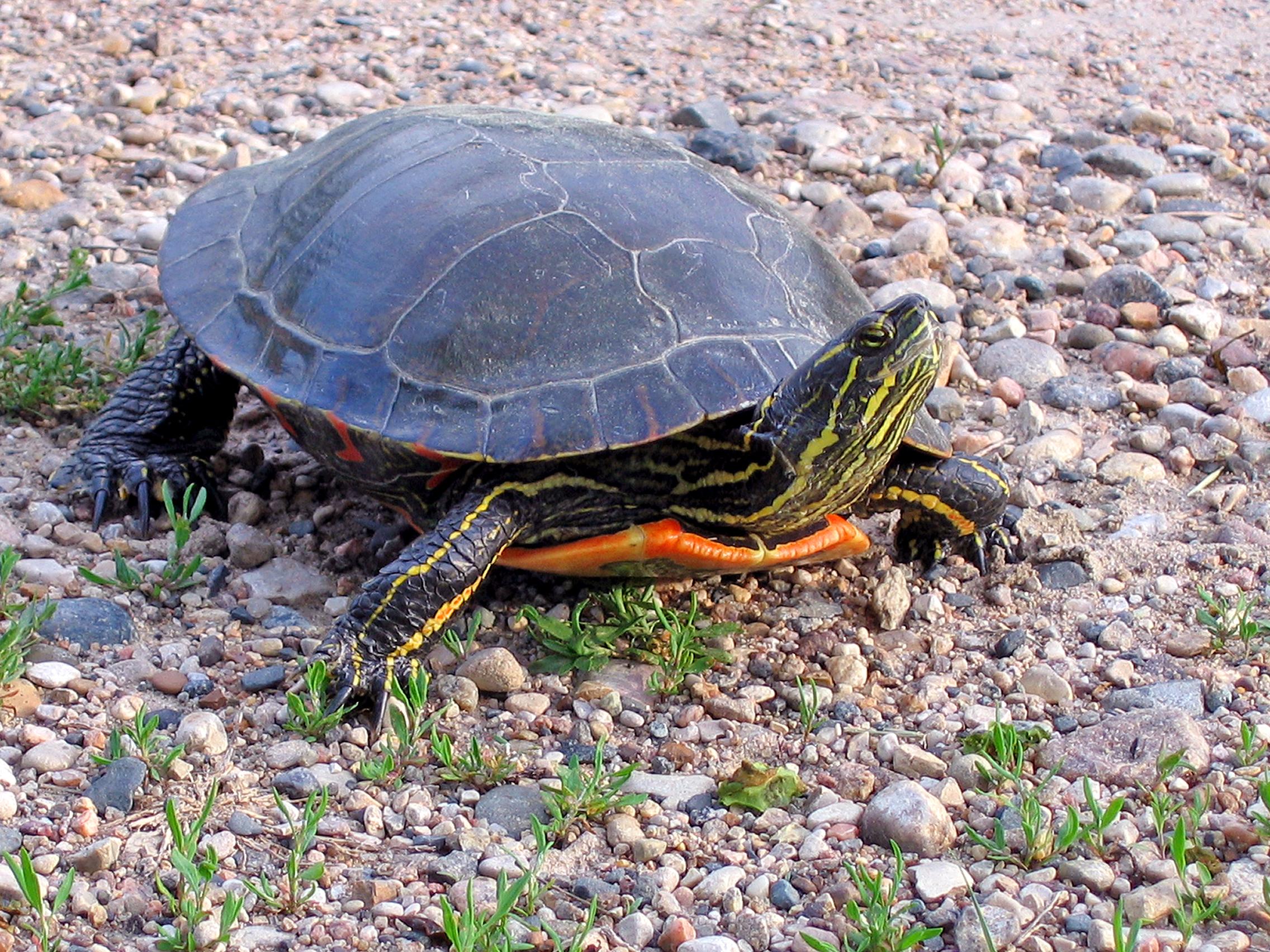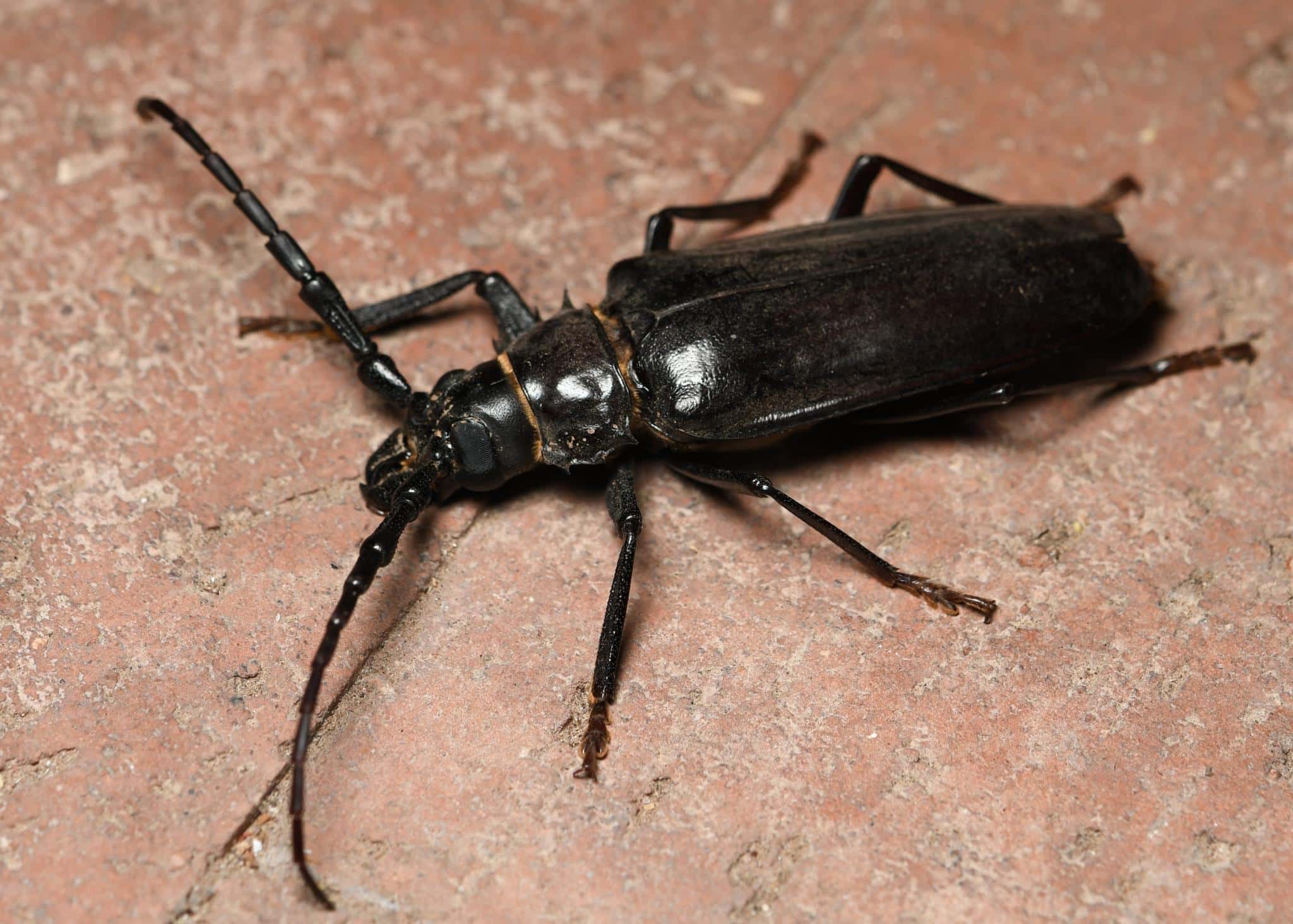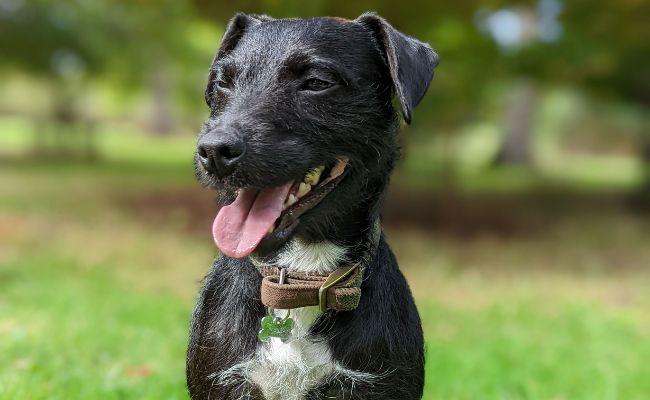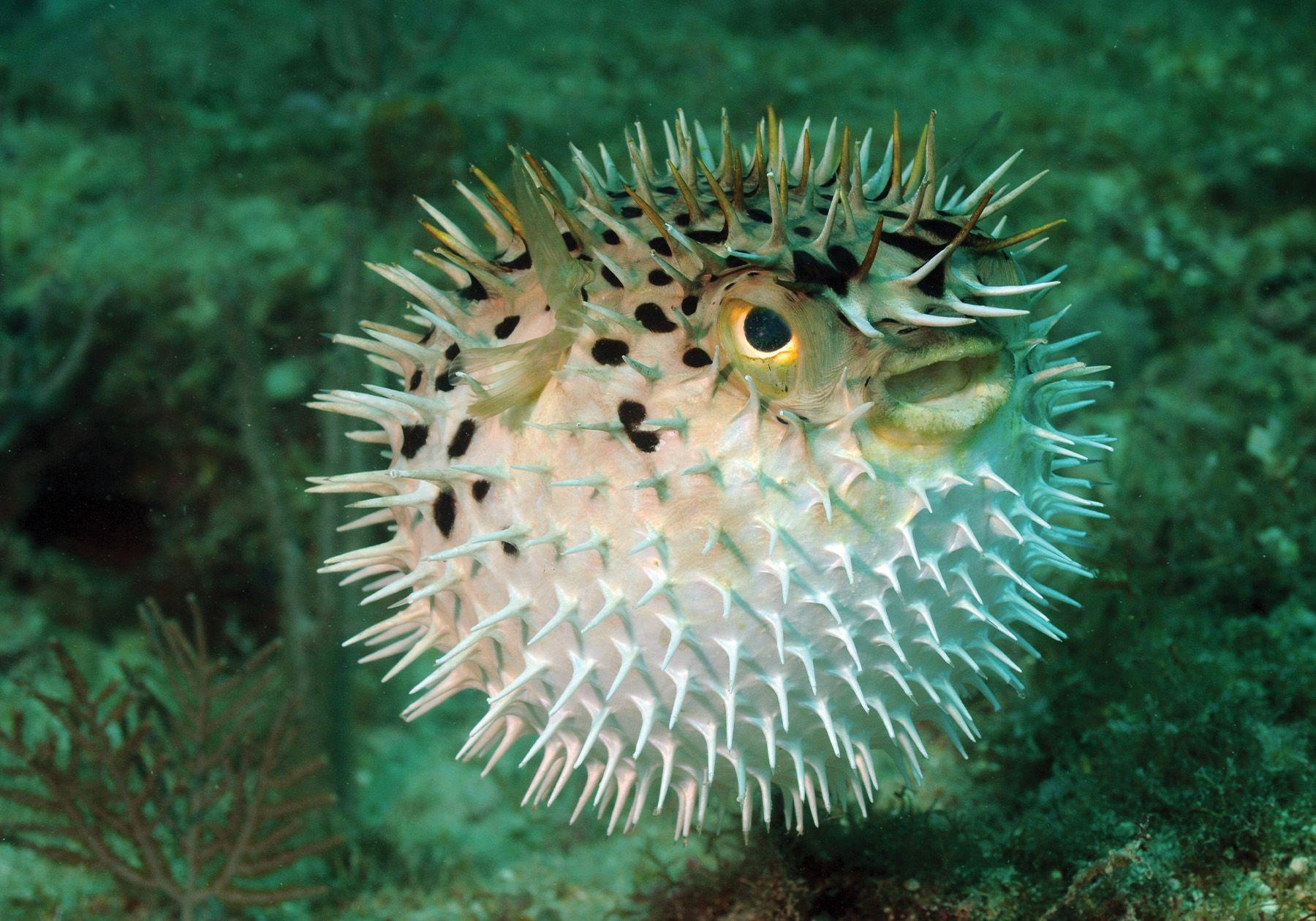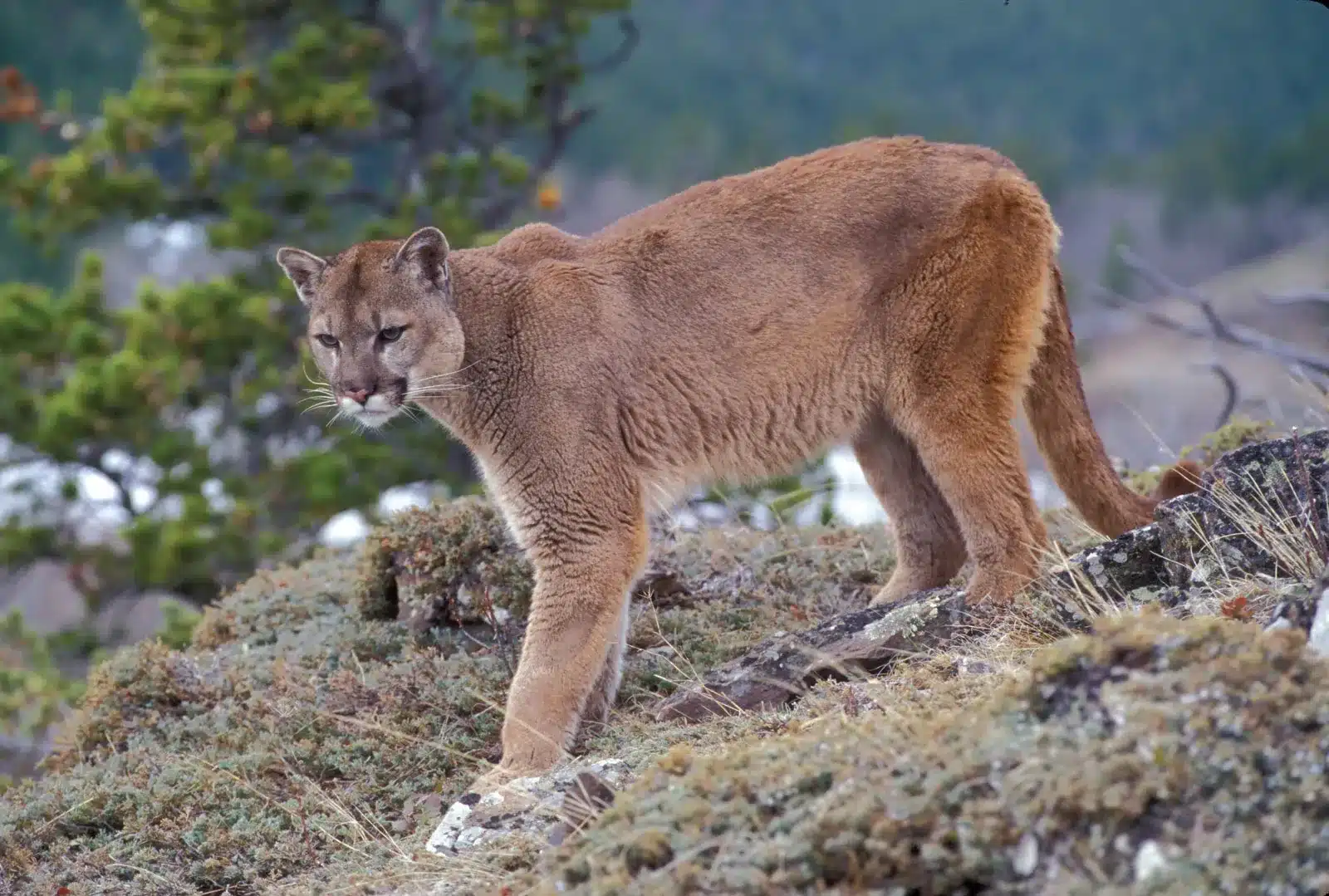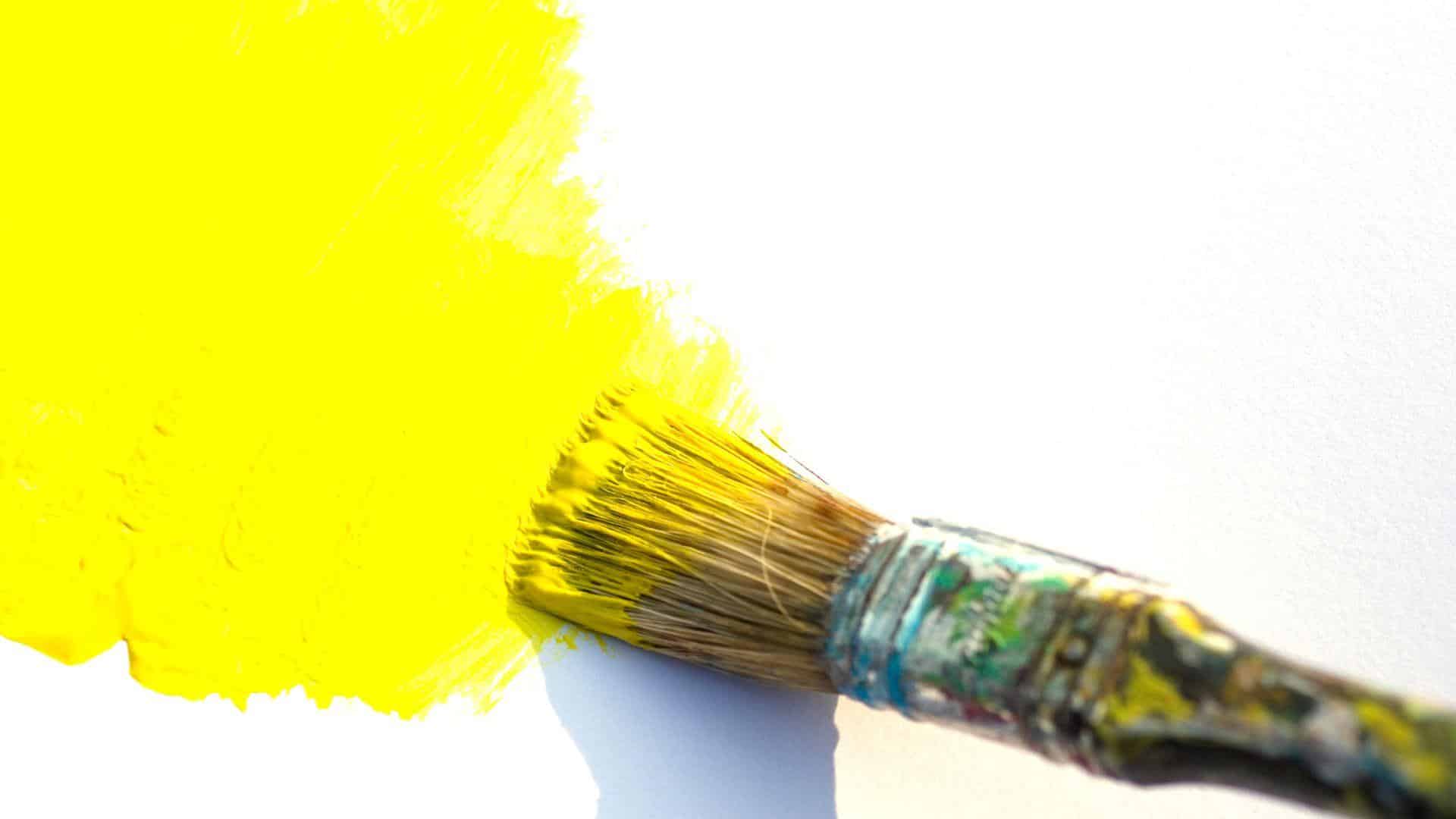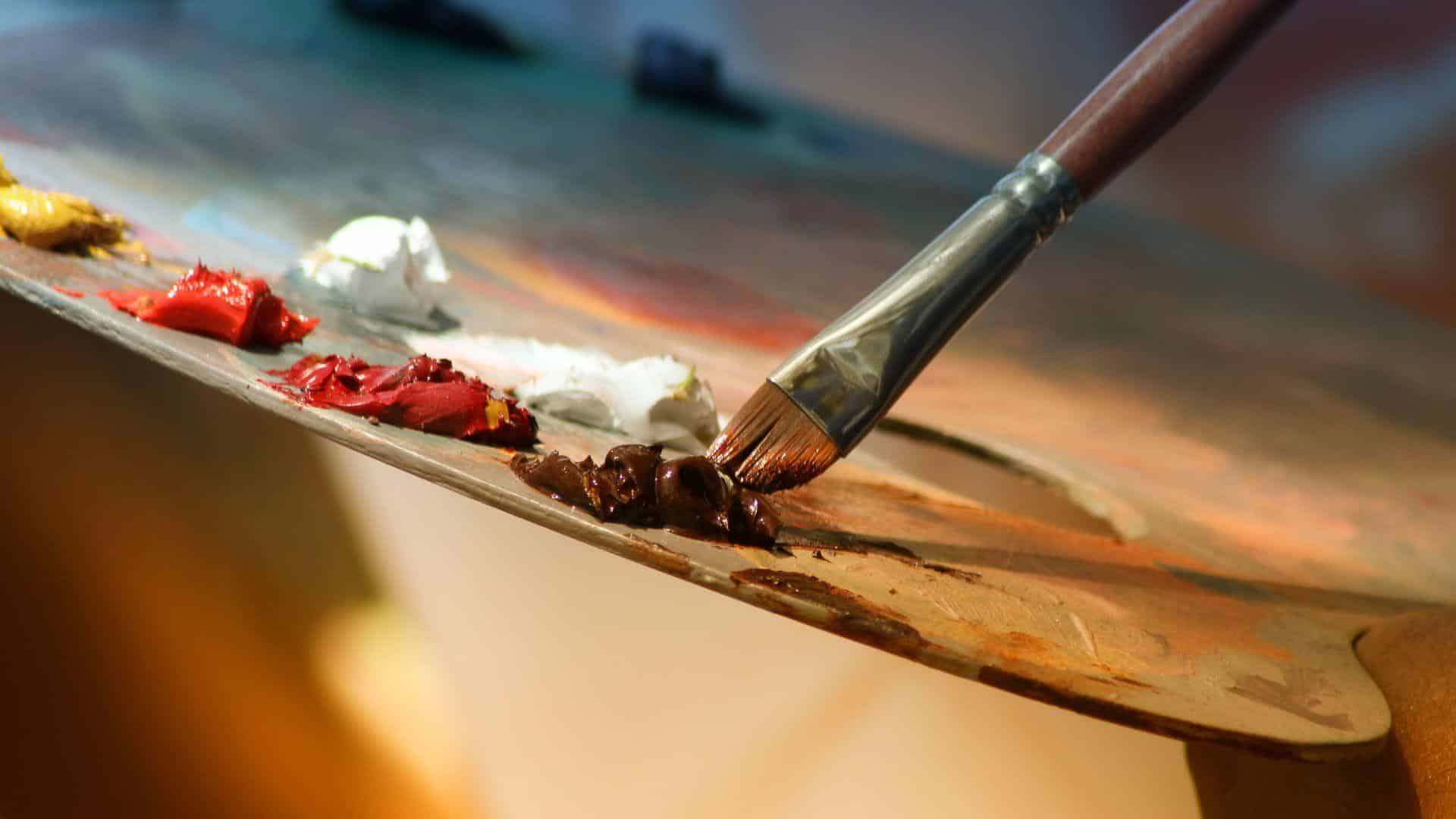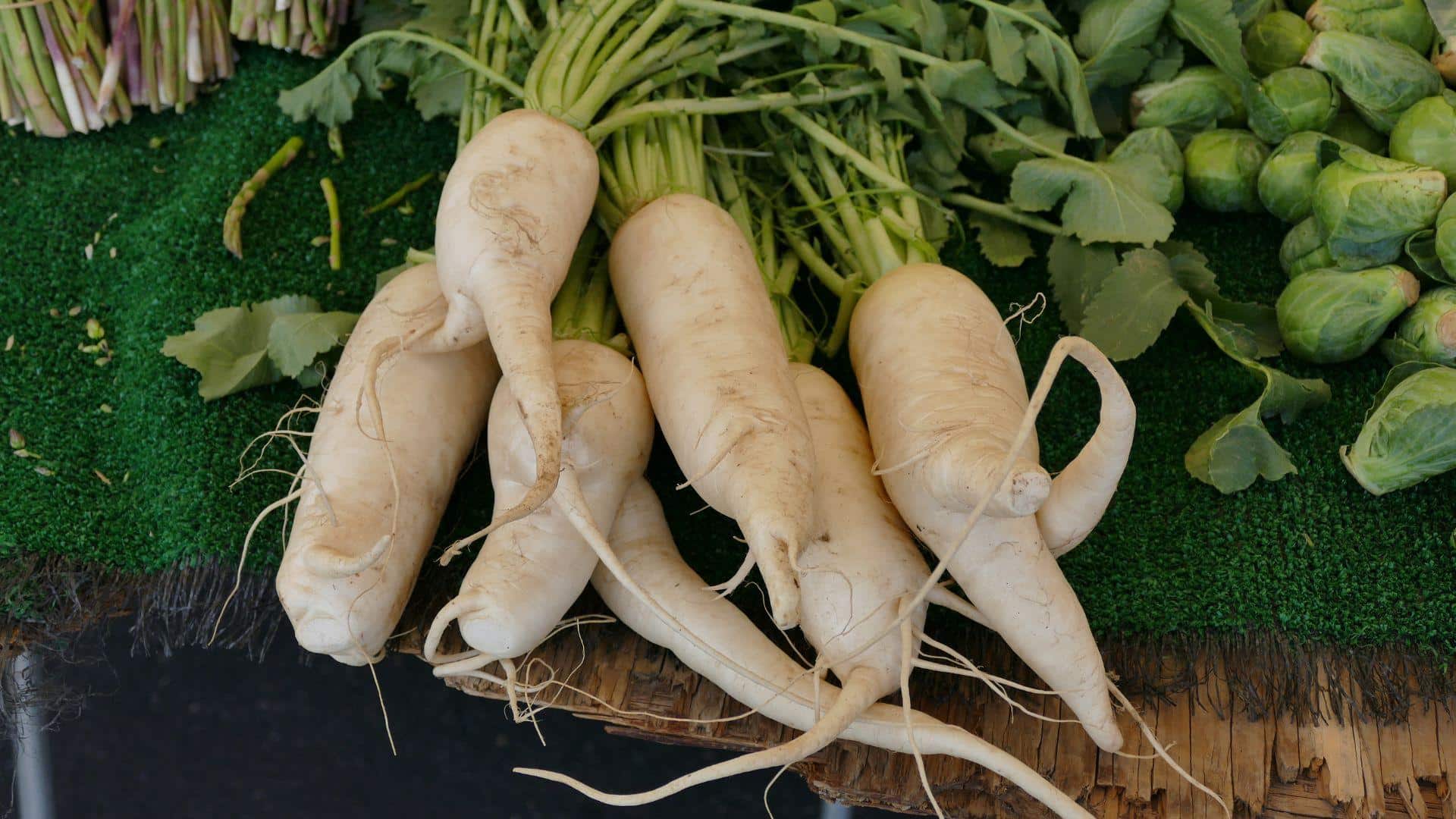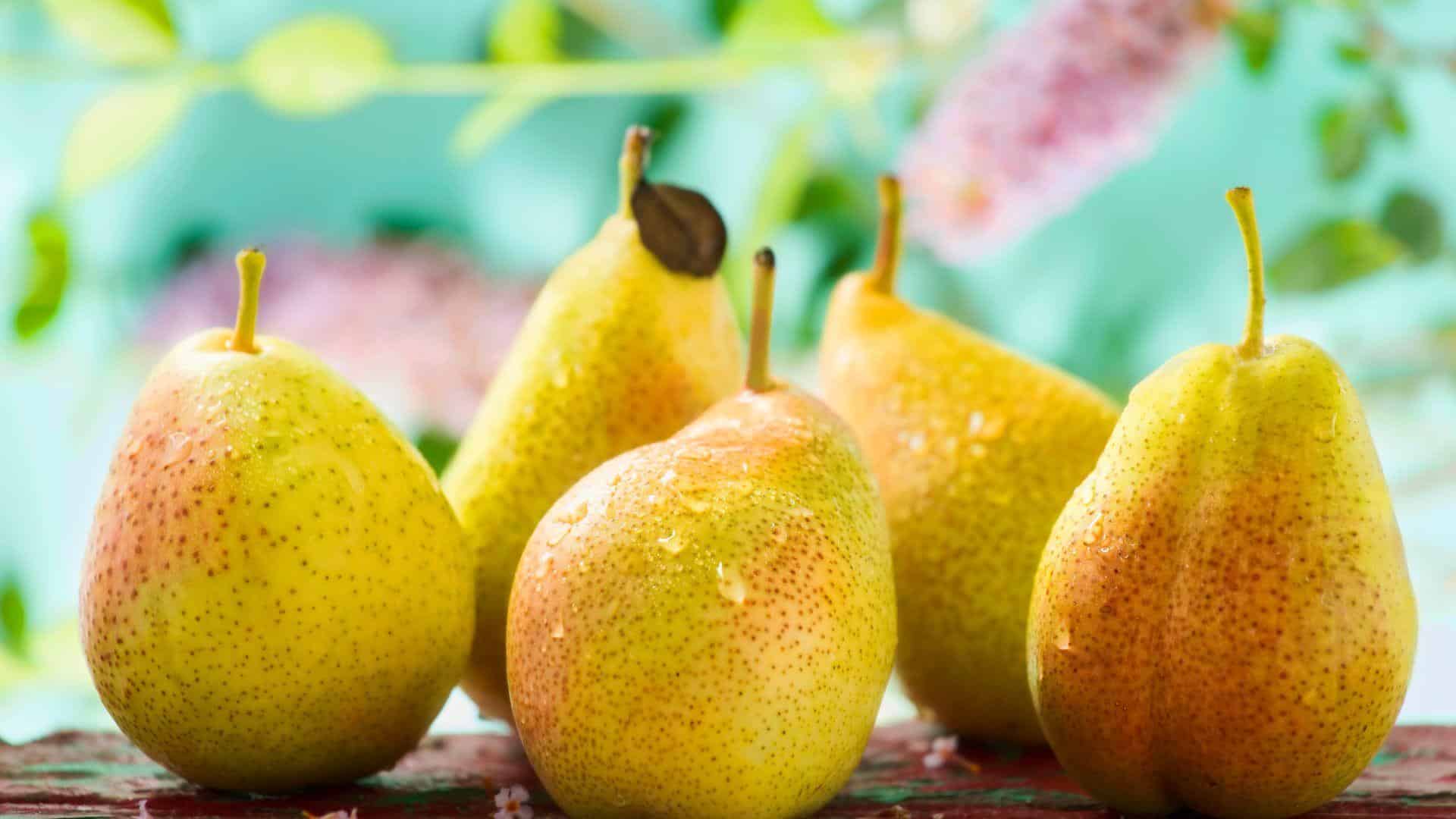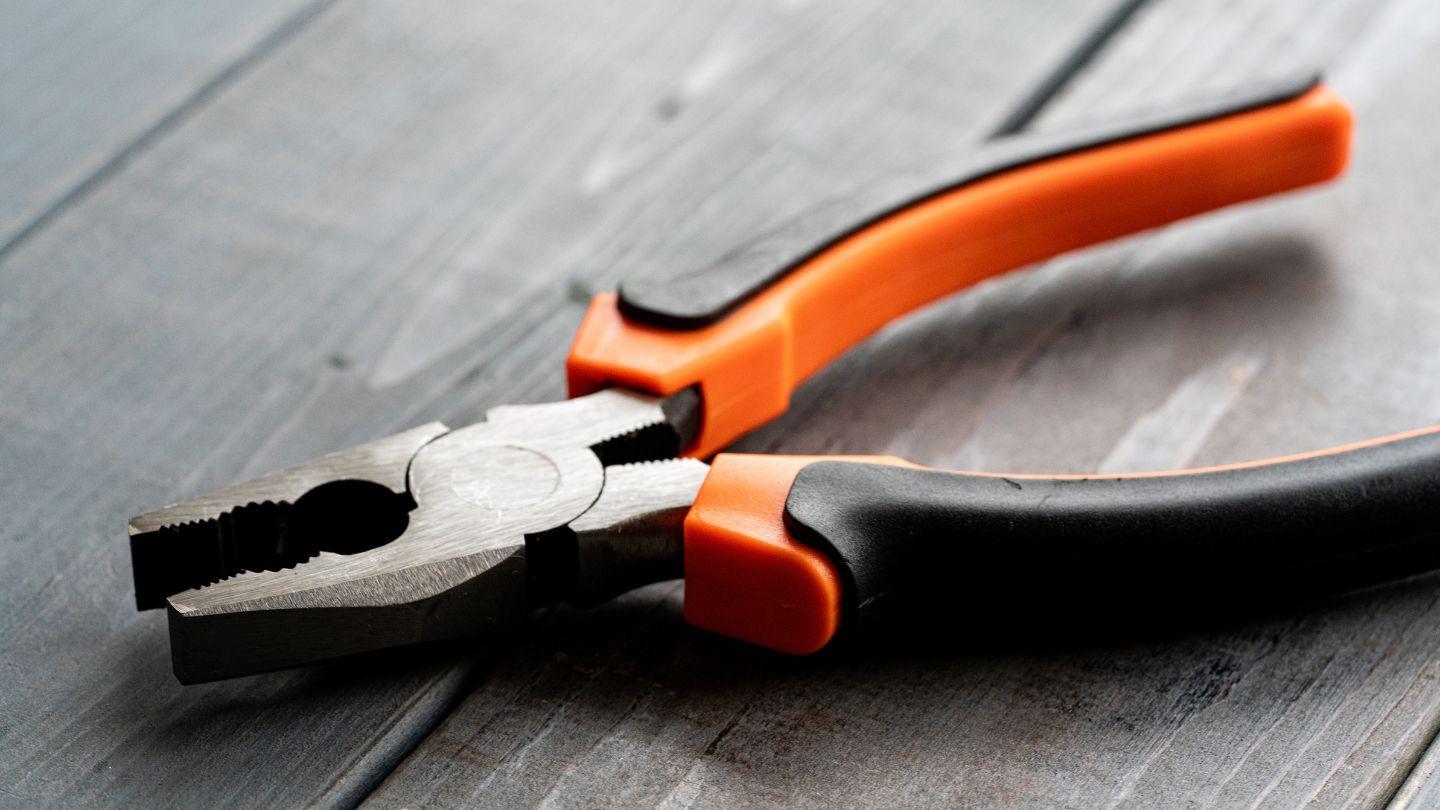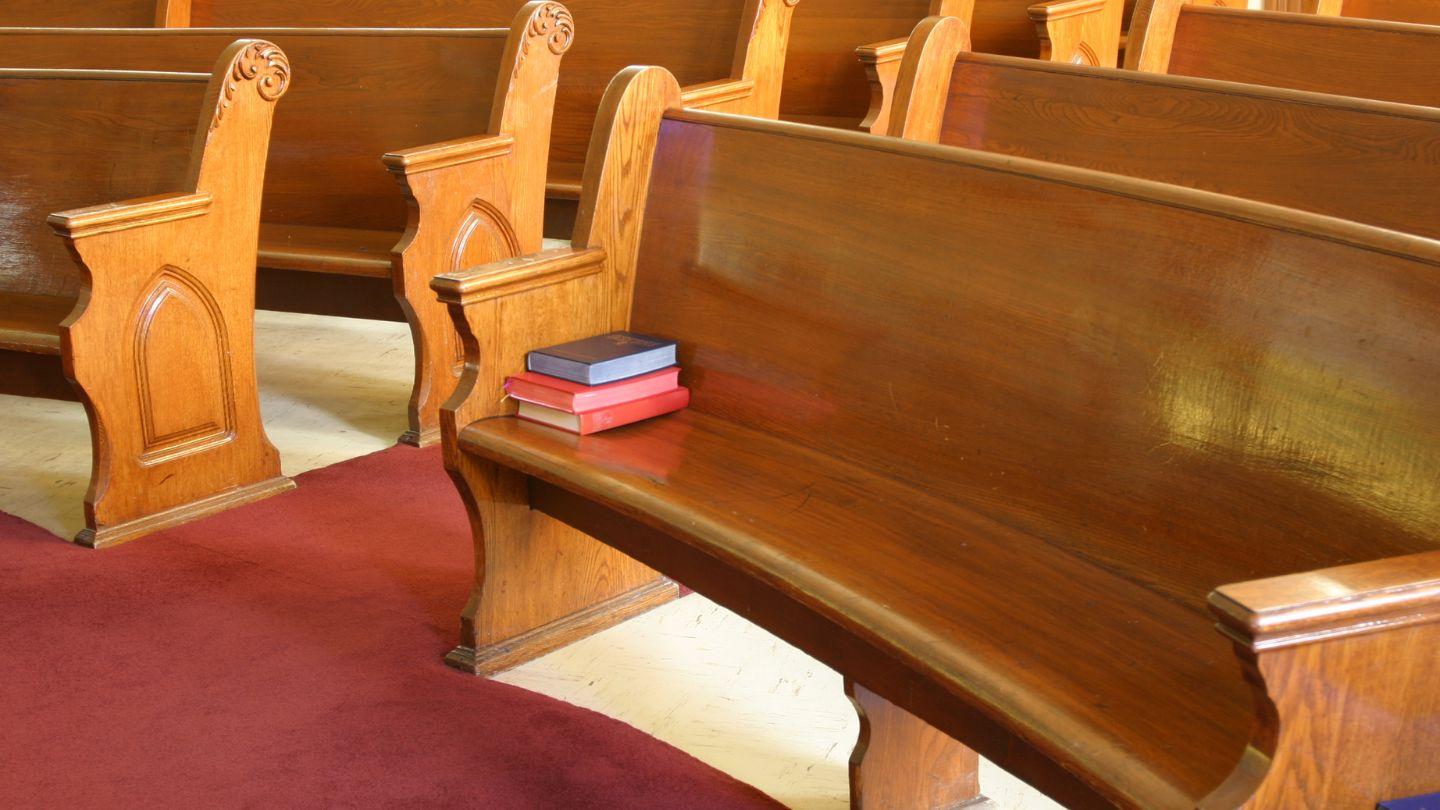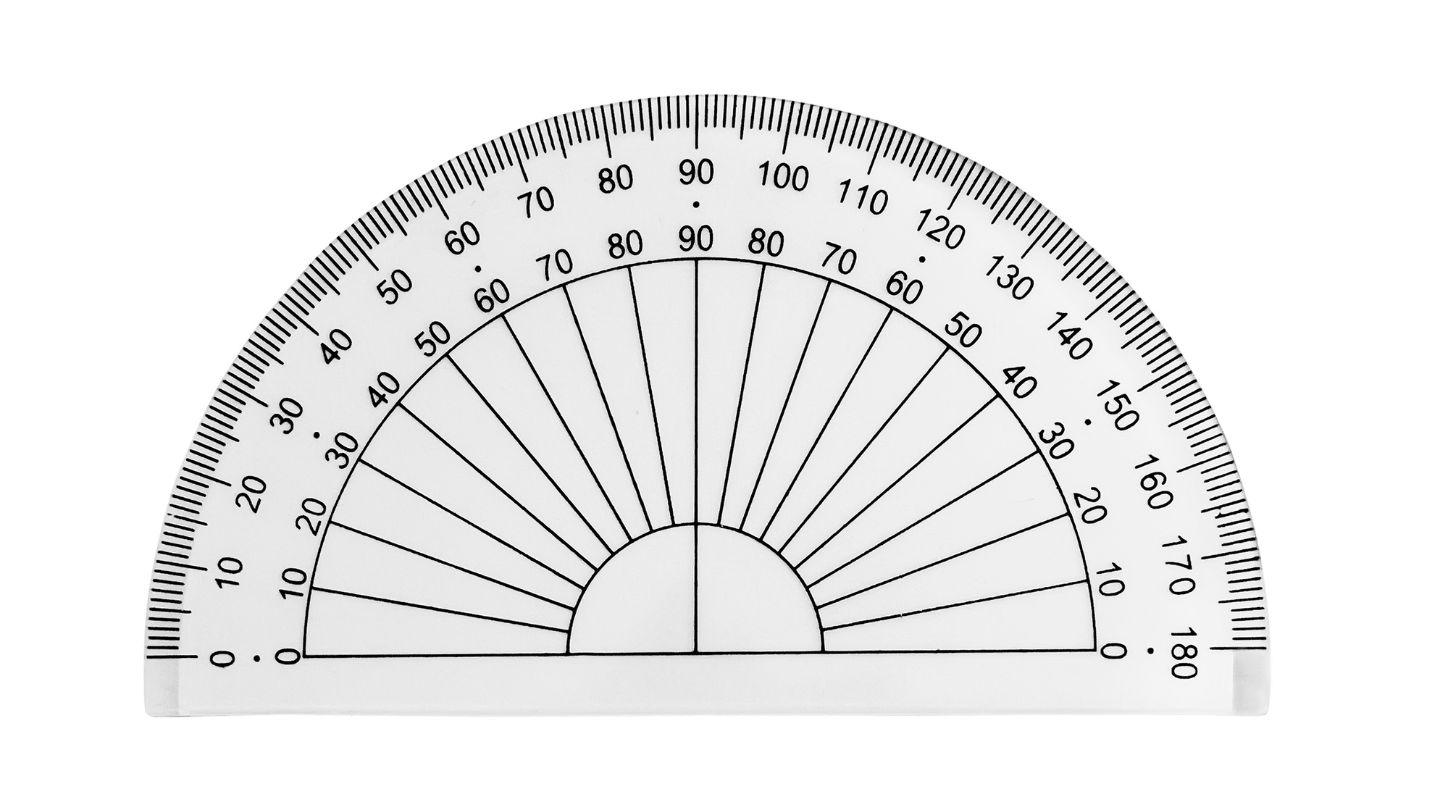Learning the alphabet is an important part of language development, and one fun way to help kids recognize letters is by exploring objects that start with each letter.
However, creating a full list of “P” objects can be tricky. This article provides many things that start with the letter “P.”
This list will help parents get kids excited about letter-based activities, from plants and animals to everyday items. This post will look at a wide range of “P” objects.
From the beautiful peacock to the simple potato, you’ll find many examples to make learning the alphabet fun and interesting.
Plants that Start With The Letter “P”
1. Palm Tree
- Description: Palm trees are tall tropical trees with large, feather-shaped leaves and a trunk covered in rough, fibrous bark.
- Uses: People use palm leaves to make hats, baskets, and even roofs for their houses.
2. Peony
- Description: Peonies are soft, fluffy flowers that come in various colors and have a sweet fragrance.
- Uses: People use peonies for bouquets, and their roots are used in traditional medicine.
3. Poppy
- Description: Poppies are bright, vibrant flowers with silky petals that come in colors like red, pink, and purple.
- Uses: People make poppy seeds for baking, and the red poppy symbolizes remembrance.
4. Pine Tree
- Description: Pine trees are tall, evergreen trees with needle-like leaves and woody cones.
- Uses: Their wood is often used for making furniture and houses. Pine cones contain seeds that animals eat.
5. Petunia
- Description: Petunias are colorful, trumpet-shaped flowers that bring a burst of brightness to gardens.
- Uses: Planted in gardens and hanging baskets for decoration, petunias come in various shades and patterns.
6. Phlox
- Description: Phlox are pretty, fragrant flowers that come in various colors and attract butterflies to gardens.
- Uses: People plant them for their beauty and to create butterfly-friendly gardens.
7. Primrose
- Description: Primrose is a sunbeam in the garden with yellow flowers, making everyone smile.
- Uses: Planted in gardens for their beauty and some types are used in medicines and teas.
8. Passion Flower
- Description: Passion flowers are exotic vines with intricate blooms and vibrant colors.
- Uses: Grown for their ornamental value, passion flowers are also used in herbal teas and medicines.
9. Periwinkle
- Description: Periwinkle is a ground-hugging plant with cute little flowers in shades of blue or purple.
- Uses: Planted as ground cover, periwinkles add a carpet of color to gardens and prevent soil erosion.
10. Pitcher Plant
- Description: Pitcher plants have unique, tube-shaped leaves that trap insects.
- Uses: Planted for their striking appearance, pitcher plants are ideal for containers and garden borders.
11. Pansy
- Description: Pansies are charming flowers with vivid colors and “faces,” brightening gardens in spring and fall.
- Uses: Planted in flower beds and containers, pansies add color to landscapes and floral arrangements.
12. Pineapple Sage
- Description: Pineapple sage is an aromatic herb with vibrant red flowers and a pineapple-like scent.
- Uses: Pineapple sage is used in cooking for its pineapple flavor, and it is also planted in gardens for its attractive appearance.
13. Plumeria
- Description: Plumeria are tropical trees with fragrant, vibrant flowers.
- Uses: Planted for their beauty, plumeria flowers are also used to make leis and traditional Hawaiian leis.
14. Pampas Grass
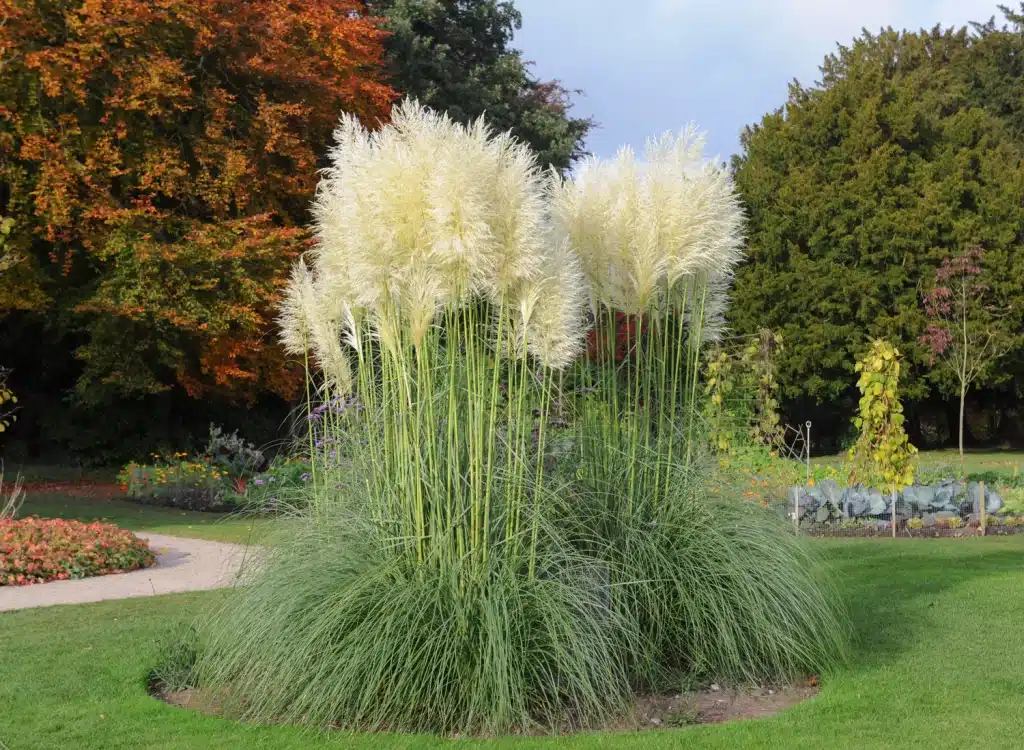
- Description: Pampas grass is tall, feathery grass that sways in the breeze, creating a dance of softness in gardens and fields.
- Uses: Planted for its decorative appeal, pampas grass adds texture and movement to gardens.
15. Painted Daisy
- Description: Painted daisies are colorful perennials with vibrant flowers resembling traditional daisies.
- Uses: Planted for their beauty, painted daisies make lovely flower beds and border additions.
16. Pennyroyal
- Description: Pennyroyal is a fragrant herb with tiny leaves, often used for its aromatic qualities.
- Uses: Pennyroyal is used in aromatherapy and cooking and is believed to have medicinal properties.
17. Purple Coneflower
- Description: Purple coneflowers are vibrant, daisy-like flowers with distinct raised centers.
- Uses: Planted for their beauty, purple coneflowers are also used in herbal remedies for immune support.
18. Peace Lily
- Description: Peace lilies are elegant plants with white flowers, known for their air-purifying qualities.
- Uses: Planted for their air-purifying qualities, peace lilies are also used as decorative houseplants.
19. Paperbark Tree
- Description: Paperbark trees have peeling bark that comes off in soft, papery layers.
- Uses: Indigenous people use the bark for shelter and craft, while the tree provides a habitat for wildlife.
20. Painted Nettle
- Description: Painted nettle is a popular ornamental plant known for its colorful leaves.
- Uses: Grown for its foliage, painted nettle is often featured in gardens, hanging baskets, and as houseplants.
21. Prairie Smoke
- Description: Prairie smoke has wispy, smoke-like seedheads that add a touch of enchantment to prairies and gardens.
- Uses: Planted for its unique seedheads and vibrant blooms, it’s a lovely addition to native plant gardens.
22. Pussy Willow
- Description: Pussy willows are charming shrubs celebrated for their soft, fuzzy catkins that appear in early spring.
- Uses: Popular for springtime decorations, the catkins add a whimsical touch to floral arrangements.
23. Pampas Lily
- Description: Pampa’s lilies have elegant white flowers that bring a touch of grace to gardens and water features.
- Uses: Planted for their stunning flowers, pampas lilies are often featured near ponds and in garden beds.
24. Prairie Sunflower
- Description: Prairie sunflowers have golden blooms that warm prairies and sunny gardens.
- Uses: Planted for their vibrant appearance, they contribute to prairie ecosystems and are perfect for sunny gardens.
25. Purple Shamrock
- Description: Purple shamrocks are charming plants with purple, triangular leaves that fold up at night.
- Uses: Planted for their decorative leaves, purple shamrocks add color to gardens and are often grown as houseplants.
Animals that Start with The Letter “P”
26. Panda
- Description: Pandas are bear-like mammals known for their distinct black and white fur. They have round faces, black patches around their eyes, and bulky bodies.
- Fun Fact: Pandas spend a significant portion of their day eating bamboo, consuming up to 84 pounds daily.
27. Panther
- Description: Panthers are large, powerful cats known for their sleek, black coat. They are skilled hunters with muscular bodies and keen senses.
- Fun Fact: Panthers are melanistic variants of leopards or jaguars, not a separate species.
28. Parrot
- Description: Parrots are colorful, intelligent birds with curved beaks and zygodactyl feet (two toes pointing forward and two backward). They come in a variety of sizes and colors.
- Fun Fact: Some parrot species are known for their ability to mimic human speech and other sounds.
29. Peacock
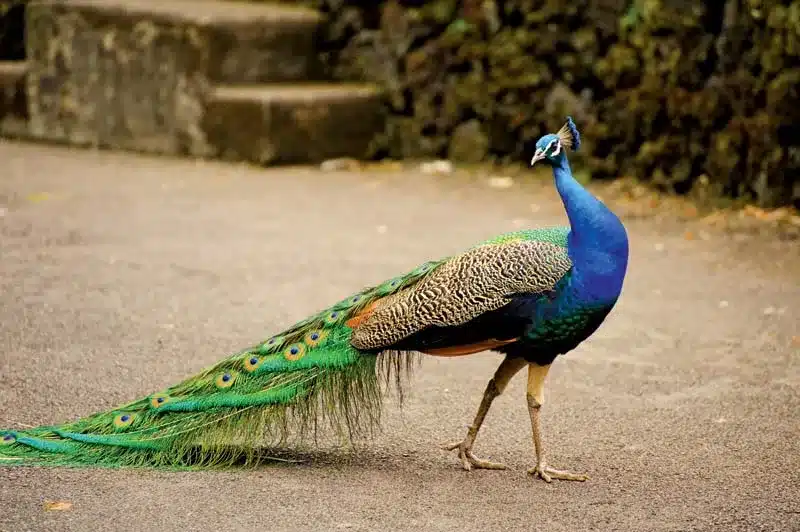
- Description: Peacocks are large, majestic birds known for the stunning, iridescent tail feathers of the males. They have a distinctive crest on their head and a long, slender neck.
- Fun Fact: Peacocks are a type of pheasant, and the term “peacock” technically only refers to males, while females are called peahens.
30. Penguin
- Description: Penguins are flightless birds adapted to life in the water. They have streamlined bodies, flipper-like wings, and black-and-white coloration.
- Fun Fact: The emperor penguin is the tallest and heaviest of all penguin species, reaching up to 4 feet in height.
31. Pademelon
- Description: Pademelons are small, compact marsupials similar to wallabies. They have short, thick fur and are generally brown or gray.
- Fun Fact: Pademelons are known for their ability to hop and move quickly through dense vegetation.
32. Painted Bunting
- Description: Painted Buntings are small, colorful songbirds with a vibrant combination of blue, green, yellow, and red plumage.
- Fun Fact: Male Painted Buntings are often called the most beautiful bird in North America due to their striking colors.
33. Painted Turtle
- Description: Painted Turtles are small to medium-sized turtles with smooth, dark shells featuring red and yellow markings along the edges.
- Fun Fact: Painted Turtles are one of North America’s most widespread turtle species.
34. Pachycephalosaurus
- Description: Pachycephalosaurus was a small, bipedal dinosaur known for its thick, dome-shaped skull.
- Fun Fact: Scientists believe Pachycephalosaurus may have used its thick skull for head-butting during territorial disputes or mating rituals.
35. Pacific Coast Tick
- Description: Pacific Coast Ticks are small, blood-sucking arachnids that parasitize various mammals, including humans.
- Fun Fact: Pacific Coast Ticks can transmit several diseases, including Lyme disease and Rocky Mountain spotted fever.
36. Pacific Sleeper Shark
- Description: Pacific Sleeper Sharks are large, slow-moving sharks found in the cold waters of the North Pacific Ocean. They have a stout body and a short, blunt snout.
- Fun Fact: Pacific Sleeper Sharks are known to consume various prey, including fish, octopuses, and even marine mammals.
37. Pacific Spaghetti Eel
- Description: Pacific Spaghetti Eels are long, thin, and translucent eels that resemble spaghetti noodles. They have a pointed snout and small eyes.
- Fun Fact: Pacific Spaghetti Eels are known to burrow into the sandy ocean floor, leaving only their heads exposed.
38. Paddlefish
- Description: Paddlefish are large, primitive fish with a long, paddle-shaped snout (called a rostrum) and a shark-like body.
- Fun Fact: Paddlefish are filter feeders and use their rostrum to help detect plankton and other small prey in the water.
39. Palaeoloxodon Namadicus
- Description: Palaeoloxodon namadicus was a massive prehistoric elephant species that lived during the Pleistocene epoch. It had long, curved tusks and stood up to 16 feet tall at the shoulder.
- Fun Fact: Palaeoloxodon namadicus is considered one of the largest land mammals ever.
40. Palaeophis
- Description: Palaeophis was a genus of large, extinct sea snakes that lived during the Eocene epoch. They had elongated bodies and flattened tails adapted for swimming.
- Fun Fact: Some species of Palaeophis could reach lengths of up to 30 feet, making them among the largest known sea snakes.
41. Paleoparadoxia
- Description: Paleoparadoxia was a genus of extinct marine mammals that lived during the Miocene epoch. They had a streamlined body, flipper-like limbs, and a long, flexible neck.
- Fun Fact: Paleoparadoxia is often called the “hippo-like sea cow” due to its resemblance to hippopotamuses, modern-day manatees, and dugongs.
42. Palm Rat
- Description: Palm Rats, also known as roof rats or black rats, are slender rodents with large ears, pointed snouts, and long, scaly tails. They have dark fur and are agile climbers.
- Fun Fact: Palm Rats are known to be excellent swimmers and can even dive underwater to escape predators.
43. Palo Verde Beetle
- Description: Palo Verde Beetles are large, black beetles with long antennae and spiny legs. They are found in the southwestern United States and Mexico.
- Fun Fact: Male Palo Verde Beetles have enlarged mandibles that resemble antlers, which they use to battle other males for mating rights.
44. Panda Pied Ball Python
- Description: Panda Pied Ball Pythons are a morph of the popular pet snake species known for their distinctive black and white coloration, resembling the fur of a panda bear.
- Fun Fact: The Panda Pied morph is created by selectively breeding ball pythons with specific genetic traits.
45. Pangolin
- Description: Pangolins are unique mammals covered in hard, overlapping scales. They have long snouts and sticky tongues and can roll into a tight ball when threatened.
- Fun Fact: Pangolins are the most trafficked mammals in the world, prized for their meat and scales, which are used in traditional medicine.
46. Pantaloon Bee
- Description: Pantaloon Bees, also known as Long-horned Bees, are small, solitary bees known for the distinctive pollen-collecting hairs on their hind legs that resemble pantaloons.
- Fun Fact: Female Pantaloon Bees create nest burrows in the ground, often in sandy or loamy soils.
47. Parasaurolophus
- Description: Parasaurolophus was a large, herbivorous dinosaur known for its elongated, hollow crest on its head. It lived during the Late Cretaceous period.
- Fun Fact: Scientists believe that the crest of Parasaurolophus may have been used for communication, thermoregulation, or display purposes.
48. Parrot Snake
- Description: Parrot Snakes are slender, brightly colored snakes in Central and South America. They have large eyes and are excellent climbers.
- Fun Fact: Despite their vibrant coloration, Parrot Snakes are venomous and should be cautiously approached.
49. Parrotfish
- Description: Parrotfish are colorful, tropical fish known for their beak-like teeth that they use to scrape algae from coral reefs. They play a crucial role in maintaining the health of coral reef ecosystems.
- Fun Fact: Some species of Parrotfish secrete a mucus cocoon around themselves at night, which may protect them from parasites or predators.
50. Parrotlet
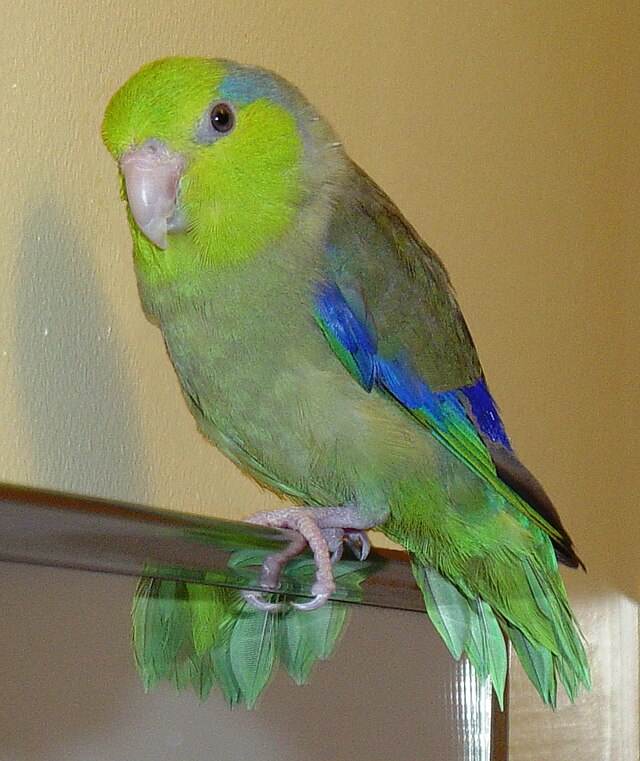
- Description: Parrotlets are small, compact parrots known for their intelligence and playful personalities. They come in a variety of colors and are popular as pets.
- Fun Fact: Parrotlets are the smallest parrot species, with some weighing as little as 18 grams.
51. Parson Russell Terrier
- Description: Parson Russell Terriers are small, energetic dogs originally bred for fox hunting. They have predominantly white coats with patches of tan or black.
- Fun Fact: The breed is named after the Reverend John “Jack” Russell, who developed the breed in the 19th century for use in fox hunts.
52. Parti Schnauzer
- Description: Parti Schnauzers are a color variation of the Schnauzer breed, characterized by a white base coat with patches of black, liver, or silver.
- Fun Fact: “parti” refers to the multi-colored coat, and Parti Schnauzers are not considered a separate breed from standard Schnauzers.
53. Partridge
- Description: Partridges are small to medium-sized, plump birds with short legs and rounded bodies. They are typically brown or gray and have distinctive markings on their faces and wings.
- Fun Fact: In some cultures, Partridges symbolize good fortune and fertility and abundance.
54. Patagonian Mara
- Description: Patagonian Maras are large, rabbit-like rodents native to Argentina. They have long, powerful hind legs and a short tail.
- Fun Fact: Patagonian Maras are monogamous and often mate for life, with both parents actively caring for their young.
55. Patagotitan
- Description: Patagotitan was a massive sauropod dinosaur during the Late Cretaceous period. It was one of the largest known land animals, with an estimated length of up to 122 feet.
- Fun Fact: Patagotitan means “giant from Patagonia,” referring to the region in Argentina where its fossils were discovered.
56. Patas Monkey
- Description: Patas Monkeys, also known as Hussar Monkeys or Red Guenons, are slender, long-limbed monkeys native to sub-Saharan Africa. They have reddish-brown fur and distinctive white mustaches.
- Fun Fact: Patas Monkeys are the fastest primates, capable of running up to 34 miles per hour.
57. Patterdale Terrier
- Description: Patterdale Terriers are small, compact working terriers originally bred for hunting vermin and foxes in the Lake District of England. They have short, dense coats, typically black, red, or chocolate.
- Fun Fact: Despite their small size, Patterdale Terriers are known for their fearless and tenacious natures in hunting and go-to-ground work.
58. Pea Puffer
- Description: Pea Puffers, also known as Pygmy Puffers or Dwarf Puffers, are small freshwater fish native to parts of India and Bangladesh. They have a rounded body shape and a tiny, beak-like mouth.
- Fun Fact: Pea Puffers are one of the smallest pufferfish species, typically growing to a maximum length of just 1 inch.
59. Peacock Bass
- Description: Peacock Bass are large, predatory freshwater fish native to South America. They are known for their vibrant colors and distinctive, circular side markings.
- Fun Fact: Peacock Bass are popular among anglers for their aggressive strikes and powerful fights when caught on a fishing line.
60. Peacock Butterfly
- Description: Peacock Butterflies are large, striking butterflies found in Europe and temperate regions of Asia. They have distinctive eyespots on their wings that resemble the “eyes” on a peacock’s tail feathers.
- Fun Fact: The eyespots on a Peacock Butterfly’s wings serve as a defense mechanism, startling or confusing potential predators.
61. Peacock Spider
- Description: Peacock Spiders are tiny, colorful spiders known for the elaborate courtship dances performed by the males. They have vibrant, iridescent patterns on their abdomens that they display during these dances.
- Fun Fact: Male Peacock Spiders have specialized flaps on their abdomens to raise and wiggle during their courtship dances to attract females.
62. Peagle

- Description: Peagles cross between a Beagle and a Pekingese, resulting in a small, compact dog with the characteristics of both parent breeds. They typically have short, dense coats and a friendly, outgoing personality.
- Fun Fact: The Beagle is not a purebred dog but a designer hybrid breed that has recently gained popularity.
63. Peekapoo
- Description: Peekapoos is a cross between a Pekingese and a Poodle, resulting in a small, cute dog with a fluffy coat and an affectionate personality.
- Fun Fact: Peekapoos are known for their intelligent and loyal nature, making them excellent companion dogs.
64. Paradise Flying Snake
- Description: Paradise Flying Snakes are slender, arboreal snakes in South and Southeast Asia. They can glide through the air by flattening their bodies and undulating in a twisting motion.
- Fun Fact: Paradise Flying Snakes can glide distances of up to 100 meters, making them one of the most proficient gliders among snakes.
65. Parakeet
- Description: Parakeets, known as Budgerigars or Budgies, are small, colorful parrots native to Australia. They are popular pets known for their playful and social nature.
- Fun Fact: Parakeets are one of the world’s most popular pet bird species, with various color mutations available.
66. Paradise Tree Snake
- Description: Paradise Tree Snakes, or Paradise Flying Snakes, are slender, arboreal snakes in South and Southeast Asia. They are known for their ability to glide through the air.
- Fun Fact: Paradise Tree Snakes are mildly venomous, but their venom is not considered dangerous to humans.
67. Parson Terrier
- Description: Parson Terriers, also known as Parson Russell Terriers, are small, energetic hunting dogs originally bred in England for fox hunting. They have predominantly white coats with patches of tan or black.
- Fun Fact: Parson Terriers are named after the Reverend John “Jack” Russell, who developed the breed for fox hunts in the 19th century.
68. Patagonian Cavy
- Description: Patagonian Cavies, also known as Patagonian Maras, are large, rabbit-like rodents native to Argentina. They have long, powerful hind legs and a short tail.
- Fun Fact: Patagonian Cavies are social animals and often live in small groups, with a dominant male leading the group.
69. Python
- Description: Pythons are large, non-venomous snakes in Africa, Asia, and Australia. They are known for their impressive size and powerful constriction abilities.
- Fun Fact: The reticulated python is the longest snake in the world, with the longest recorded individual measuring over 32 feet in length.
70. Petrel
- Description: Petrels are seabirds known for their ability to fly long distances and spend most of their lives at sea. They have hooked bills, webbed feet, and a keen sense of smell.
- Fun Fact: Some species of Petrels are known to perform elaborate courtship dances, including synchronized flying and vocalizations.
71. Pilchard
- Description: Pilchards are small, oily fish found in the coastal waters of Europe and North Africa. They are similar to sardines and are often canned or used as bait.
- Fun Fact: In Cornwall, England, there is an annual “Pilchard Festival” festival that celebrates the history and importance of Pilchard fishing in the region.
72. Pine Grosbeak
- Description: Pine Grosbeaks are large, plump finches found in the coniferous forests of North America and Eurasia. Males have reddish-pink plumage, while females are grayish with a yellow tinge.
- Fun Fact: Pine Grosbeaks have a specialized digestive system that allows them to eat and digest waxy coatings on conifer needles.
73. Pine Marten
- Description: Pine Martens are small, agile mammals found in the forests of Europe and Central Asia. They have dark brown fur, a creamy-yellow throat patch, and a long, bushy tail.
- Fun Fact: Pine Martens are excellent climbers and can rotate their hind legs 180 degrees, allowing them to descend trees headfirst.
74. Piranha
- Description: Piranhas are freshwater fish native to the rivers and lakes of South America. They are known for their sharp teeth and powerful jaws, which they use to feed on fish, insects, and other small animals.
- Fun Fact: Despite their fearsome reputation, Piranhas are not typically aggressive towards humans and only attack when they feel threatened or sense blood in the water.
75. Pit Bull
- Description: Pit Bulls are a type of dog known for their muscular build, short coat, and loyal temperament. The term “Pit Bull” can refer to several breeds, including the American Pit Bull Terrier, American Staffordshire Terrier, and Staffordshire Bull Terrier.
- Fun Fact: Contrary to popular belief, Pit Bulls are not inherently aggressive dogs. They can make loving and devoted companion animals with proper training and socialization.
76. Pitta
- Description: Pittas are small, colorful birds found in the forests of Asia, Australia, and Africa. They have compact bodies, short tails, and strong legs adapted for hopping on the forest floor.
- Fun Fact: Pittas are known for their distinctive, whistling calls that can be heard echoing through the forest.
77. Pitviper
- Description: Pitvipers are a group of venomous snakes found in the Americas, Europe, and Asia. They are characterized by their heat-sensing pit organs located between the eyes and nostrils.
- Fun Fact: Pitvipers, such as rattlesnakes and copperheads, use their heat-sensing pits to detect warm-blooded prey, even in complete darkness.
78. Plover
- Description: Plovers are small to medium-sized shorebirds found worldwide. They have round heads, short bills, and long legs adapted for running and wading in shallow water.
- Fun Fact: Some species of Plovers, such as the Killdeer, are known for their “broken-wing” display, where they pretend to have a broken wing to lure predators away from their nests.
79. Poison Dart Frog
- Description: Poison Dart Frogs are small, brightly colored frogs found in the tropical rainforests of Central and South America. They secrete toxic substances through their skin as a defense mechanism.
- Fun Fact: Indigenous tribes in South America have used the toxic secretions from Poison Dart Frogs to coat the tips of their blowgun darts for hunting.
80. Polyphemus Moth
- Description: Polyphemus Moths are large silk moths found in North America. They are named after the giant Cyclops Polyphemus from Greek mythology due to the large, eye-like spots on their wings.
- Fun Fact: Polyphemus Moths are one of the largest moth species in North America, with a wingspan that can reach up to 6 inches.
81. Pomeranian
- Description: Pomeranians are small, fluffy dogs known for their fox-like faces and thick, double coats. They are alert and intelligent and make excellent companion dogs.
- Fun Fact: Pomeranians are descended from larger sled dogs and were bred down in size over time to become the small, companionable dogs we know today.
82. Pony
- Description: Ponies are small horses, typically under 14.2 hands (58 inches) tall at the withers. They come in various breeds and are known for their hardiness and friendly temperament.
- Fun Fact: Ponies are not just small horses; they have several distinct physical characteristics, such as thicker manes and tails, stockier bodies, and stronger hooves.
83. Porbeagle Shark
- Description: Porbeagle Sharks are large, powerful sharks found in the cold and temperate waters of the North Atlantic and Southern Hemisphere. They are closely related to the Great White Shark.
- Fun Fact: Porbeagle Sharks are known for their impressive jumping abilities and can leap from the water to heights of up to 20 feet.
84. Porcupine
- Description: Porcupines are large rodents known for their sharp, defensive quills that cover most of their bodies. They are found in various North and South America, Africa, and Asia habitats.
- Fun Fact: Contrary to popular belief, porcupines cannot shoot quills. The quills detach easily when touched, and the barbs on the end make them difficult to remove once embedded in the skin.
85. Porpoise
- Description: Porpoises are small, toothed whales found in oceans worldwide. They are known for their rounded heads, blunt snouts, and triangular dorsal fins.
- Fun Fact: Porpoises are often confused with dolphins, but they have shorter snouts, spade-shaped teeth, and a more compact body shape.
86. Portuguese Water Dog
- Description: Portuguese Water Dogs are medium-sized, athletic dogs originally bred in Portugal to assist fishermen. They have curly or wavy coats and webbed feet, making them excellent swimmers.
- Fun Fact: Portuguese Water Dogs were used to herd fish into nets, retrieve lost fishing equipment, and carry messages between boats.
87. Potto
- Description: Pottos are small, nocturnal primates found in the tropical forests of Africa. They have large eyes, short tails, and a strong grip adapted for their arboreal lifestyle.
- Fun Fact: Pottos have a unique defense mechanism. They can stiffen their bodies and remain motionless for hours, making them difficult for predators to detect.
88. Prairie Dog
- Description: Prairie Dogs are small, burrowing rodents native to the grasslands of North America. They live in large, complex underground colonies called “towns.”
- Fun Fact: Prairie Dogs have a sophisticated communication system, using a variety of barks and chirps to convey information about predators, food, and social interactions.
89. Praying Mantis
- Description: Praying Mantises are large, predatory insects known for their distinctive, raptorial front legs that they hold in a prayer-like position. They are found in various habitats worldwide.
- Fun Fact: Female Praying Mantises are known to sometimes eat the male during or after mating, a behavior known as sexual cannibalism.
90. Proboscis Monkey
- Description: Proboscis Monkeys are large, arboreal monkeys native to Borneo. They are known for their distinctive large, pendulous noses, which are more prominent in males.
- Fun Fact: The large noses of male Proboscis Monkeys are thought to attract females and amplify their vocalizations, which can be heard from up to half a mile away.
91. Pronghorn
- Description: Pronghorns are deer-like mammals known for their incredible speed and endurance. They have a white patch on their rump and short, forked horns.
- Fun Fact: Pronghorns are the fastest land mammals in North America, capable of running up to 55 miles per hour.
92. Pseudoceros
- Description: Pseudoceros are a genus of marine flatworms known for their vibrant colors and intricate patterns. They are found in tropical and subtropical waters worldwide.
- Fun Fact: Some species of Pseudoceros are known to engage in a behavior called “penis fencing,” where two individuals battle with their reproductive organs to determine which will mate as the male.
93. Puffin
- Description: Puffins are small, penguin-like seabirds known for their colorful, triangular beaks and clown-like appearance. They are excellent swimmers and dive to catch fish.
- Fun Fact: Puffins can hold up to 60 fish in their beaks at once, thanks to backward-facing spines on the roof of their mouths.
94. Pufferfish
- Description: Pufferfish are marine fish known for their ability to inflate their bodies with water or air when threatened, making them appear larger and more intimidating to predators.
- Fun Fact: Pufferfish contain a potent neurotoxin called tetrodotoxin, making them one of Earth’s most poisonous vertebrates.
95. Pug
- Description: Pugs are small, wrinkly-faced dogs known for their compact bodies, short snouts, and friendly, outgoing personalities. They were originally bred as companion dogs for Chinese nobility.
- Fun Fact: Pugs are one of the oldest dog breeds, dating back over 2,000 years.
96. Puma
- Description: Pumas, also known as mountain lions or cougars, are large, solitary cats in the Americas. They have a tawny coat, powerful build, and are skilled hunters.
- Fun Fact: Pumas have the largest range of any wild land animal in the Western Hemisphere, spanning from the Canadian Yukon to the southern tip of South America.
97. Puna Ibis
- Description: The Puna Ibis is a large, dark ibis found in South America’s high-altitude grasslands and wetlands of the Andean Puna region.
- Fun Fact: Puna Ibises have a unique feeding behavior. They use their long, curved bills to probe beneath moss and vegetation for invertebrates.
98. Pygmy Goat
- Description: Pygmy Goats are small, compact goats known for their friendly and playful personalities. They are popular as pets and for their milk production.
- Fun Fact: Pygmy Goats are intelligent animals and can be trained to do tricks and navigate obstacle courses.
99. Pygmy Hippopotamus
- Description: Pygmy Hippopotamuses are small, rare hippopotamuses found in the forests and swamps of West Africa. They are much smaller than their larger relative, the common hippopotamus.
- Fun Fact: Pygmy Hippopotamuses are solitary animals and excellent swimmers, spending much of their time in the water.
100. Pygmy Marmoset
- Description: Pygmy Marmosets are the smallest monkeys in the world, weighing only around 100 grams. They are found in the Amazon rainforests of South America.
- Fun Fact: Pygmy Marmosets are known for their unique social structure, where the father and older siblings help care for the younger offspring.
101. Pygmy Slow Loris
- Description: Pygmy Slow Lorises are small, nocturnal primates in Southeast Asian forests. They have large eyes, a round head, and a thick, woolly coat.
- Fun Fact: Pygmy Slow Lorises have a nasty bite, rare among primates. They use this venom to defend against predators and to compete for mates.
102. Pygmy Sperm Whale
- Description: Pygmy Sperm Whales are small, toothed whales worldwide in temperate and tropical waters. They are named for their similarity in appearance to the larger sperm whale.
- Fun Fact: When threatened, Pygmy Sperm Whales can release a dark, reddish-brown liquid from their intestines, creating a cloud in the water to confuse predators.
103. Pyrenean Mastiff
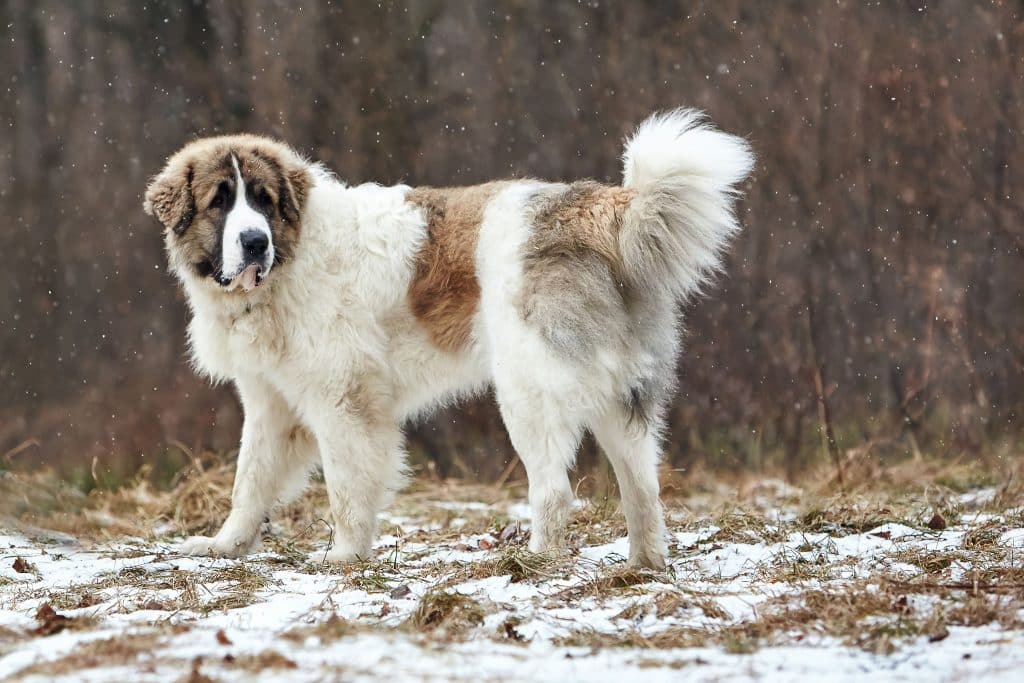
- Description: Pyrenean Mastiffs are large, muscular dogs originally bred in the Pyrenees Mountains to guard livestock against predators. They have a thick, white coat and a gentle, protective nature.
- Fun Fact: Pyrenean Mastiffs were once used to protect flocks of sheep from wolves and bears in the Pyrenees Mountains.
Objects that Start with The Letter “P”
104. Package
- Description: A container wraps and protects items for shipping or storage.
- Use: Used to transport goods safely and efficiently.
105. Packet
- Description: A small, sealed pouch containing a single serving or portion of a product.
- Use: Used for convenient, individual portions of food, drinks, or other consumables.
106. Paddle
- Description: A flat-bladed tool used for propelling and steering a boat or canoe.
- Use: Used in water sports and recreational activities.
107. Paddleboard
- Description: A long, narrow board propelled by a paddle for standing and gliding across water.
- Use: Used for exercise, leisure, and water sports.
108. Paddleboat
- Description: A small watercraft powered by pedaling, often used for leisurely cruises.
- Use: Used for recreation and sightseeing on calm waters.
109. Padlock
- Description: A portable, detachable lock with a U-shaped shackle that clicks into place.
- Use: Used for securing gates, doors, or personal belongings.
110. Pail
- Description: A cylindrical container with a handle for carrying liquids or other materials.
- Use: Used for cleaning, gardening, or storing items.
111. Paint
- Description: A colored liquid is applied to surfaces for decoration or protection.
- Use: Used for creating art, renovating homes, or protecting structures from the elements.
112. Paintbrush
- Description: An applicator with bristles is used to apply paint to a surface.
- Use: Used for painting, decorating, or touch-ups on various surfaces.
113. Painting
- Description: A work of art created by applying paint to a surface, such as canvas or paper.
- Use: Used for artistic expression, home decoration, or as a collectible item.
114. Pajamas
- Description: A two-piece garment for sleeping, typically consisting of loose-fitting pants and a shirt.
- Use: Used for comfort and warmth during sleep.
115. Palette
- Description: A flat surface artists use to mix and hold colors while painting.
- Use: Used to organize and blend colors during the painting process.
116. Pallet
- Description: A flat, wooden platform used for storing and transporting goods.
- Use: Used in warehouses and factories for efficient storage and movement of products.
117. Palm
- Description: The inner surface of the hand extends from the wrist to the base of the fingers.
- Use: Used for grasping, holding, or manipulating objects.
118. Pampas grass
- Description: A tall, ornamental grass with feathery plumes native to South America.
- Use: Used for landscaping, decorative purposes, or as a privacy screen.
119. Pan
- Description: A shallow cooking vessel with a long handle used for frying or sautéing food.
- Use: Used for preparing meals on a stovetop.
120. Pancake
- Description: A flat, circular cake made from batter and cooked on a grill.
- Use: Used as a breakfast food or dessert, often served with syrup or toppings.
121. Pants
- Description: A garment worn from the waist to the ankles, covering each leg separately.
- Use: Used for covering and protecting the lower body.
122. Paper
- Description: A thin, flat material made from wood pulp for writing, printing, or packaging.
- Use: Used for communication, documentation, or wrapping items.
123. Paper Clip
- Description: A thin wire bent into a double loop holds papers together.
- Use: Used to organize and keep documents in order.
124. Paper Plate
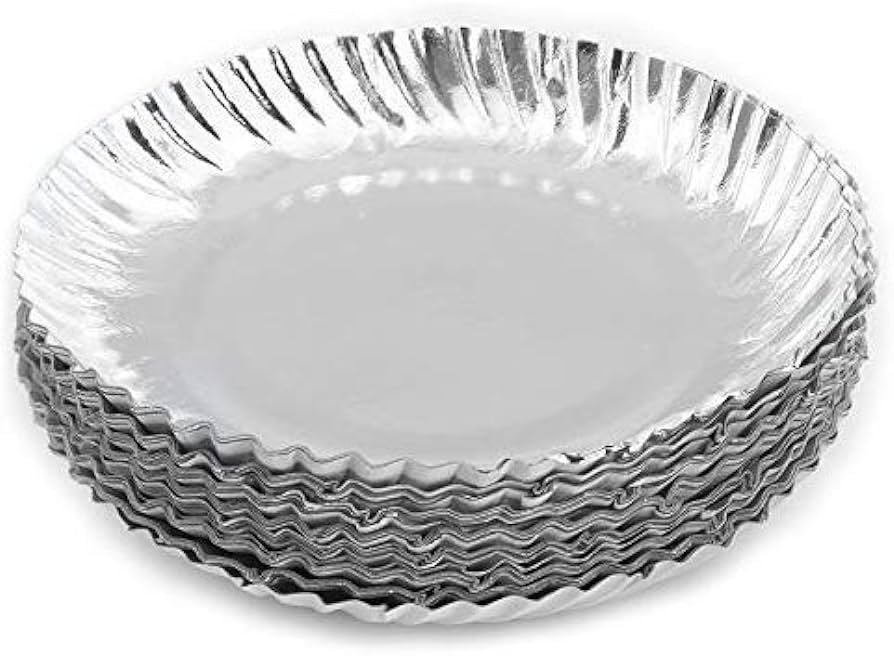
- Description: A disposable dish made from paper pulp, often used for picnics or parties.
- Use: Used for serving food at informal gatherings or outdoor events.
125. Paperback
- Description: A book with a flexible cover made of thick paper or cardboard.
- Use: Used for reading and is often less expensive than hardcover books.
126. Parachute
- Description: A device made from fabric and cords used to slow a person’s descent from an aircraft.
- Use: Used for safe landings from high altitudes or in emergencies.
127. Parade
- Description: A festive procession of people and vehicles, often celebrating a special event or holiday.
- Use: Used for community celebration and entertainment.
128. Parade Float
- Description: A decorated platform or vehicle, often showcasing a theme, in a parade.
- Use: Used for displaying artistic designs or conveying messages during parades.
129. Paramedic
- Description: A healthcare professional trained to provide emergency medical care outside a hospital setting.
- Use: Used to respond to medical emergencies and provide immediate care.
130. Parasol
- Description: A lightweight, portable umbrella used for shade from the sun.
- Use: Used for protection from sun exposure during outdoor activities.
131. Parchment
- Description: A writing material made from treated animal skin, often used for important documents.
- Use: Used for creating durable, long-lasting documents or artwork.
132. Park
- Description: An area of land for public recreation and enjoyment, often with green spaces and amenities.
- Use: Used for leisure activities, exercise, and community gatherings.
133. Parka
- Description: A warm, hooded coat designed for cold weather, often filled with down or synthetic insulation.
- Use: Used for staying warm in frigid temperatures.
134. Parking Lot
- Description: An area designated for parking vehicles, typically paved and marked with spaces.
- Use: Used to accommodate vehicles in an organized manner.
135. Parking Meter
- Description: A device that regulates parking by requiring payment for a specific time.
- Use: Used to manage and control parking spaces in urban areas.
136. Parrot
- Description: A brightly colored, tropical bird known for its ability to mimic human speech.
- Use: Used as a pet or for ornamental purposes.
137. Parsnip
- Description: A white, carrot-like root vegetable with a slightly sweet, nutty flavor.
- Use: Used in cooking, often roasted or pureed.
138. Partridge
- Description: A plump, short-tailed bird often hunted as a game.
- Use: Used for food or sport hunting.
139. Party Hat
- Description: A festive, cone-shaped hat worn at celebrations and birthdays.
- Use: Add a celebratory touch to special occasions.
140. Pasta
- Description: An Italian staple food made from durum wheat flour and water, available in various shapes and sizes.
- Use: It is a versatile ingredient in many dishes.
141. Patch
- Description: A small piece of material used to repair or reinforce a garment or surface.
- Use: Used for mending holes or strengthening worn areas.
142. Patio
- Description: An outdoor living space adjoining a house, typically paved and used for dining or recreation.
- Use: Used for enjoying the outdoors and entertaining guests.
143. Pavilion
- Description: A freestanding structure with a roof and open sides, often used for outdoor events or performances.
- Use: Used for providing shade and shelter at outdoor gatherings.
144. Pea
- Description: A small, spherical, green legume often eaten as a vegetable.
- Use: Used in various dishes, from salads to stews.
145. Peach
- Description: A juicy, fuzzy-skinned fruit with sweet, yellow, or white flesh and a large pit.
- Use: Used for eating fresh, baking, or making preserves.
146. Peacock
- Description: A large, ornamental bird known for the male’s iridescent blue and green plumage and long, elaborate tail feathers.
- Use: Used for decorative purposes or as a symbol of beauty and grace.
147. Peanut
- Description: A legume with an edible seed, often roasted and salted for a snack.
- Use: Used in cooking, making peanut butter, or eating independently.
148. Peanut Butter
- Description: A spreadable paste made from ground peanuts, often used as a sandwich filling or ingredient in baked goods.
- Use: Used as a versatile ingredient or snack.
149. Pear
- Description: A sweet, juicy fruit with a rounded base and tapered top, typically green or yellow when ripe.
- Use: Used for eating fresh, baking, or making preserves.
150. Pebble
- Description: A small, rounded stone smoothed by water or wind.
- Use: Used for decorative purposes, such as in landscaping or aquariums.
151. Pedal boat
- Description: A small, human-powered watercraft propelled by pedaling.
- Use: Used for recreational activities on calm waters.
152. Pedestal
- Description: A base or support for a statue, vase, or other decorative object.
- Use: Used for displaying and elevating items.
152. Pedicure
- Description: A cosmetic treatment for the feet and toenails, including cleaning, trimming, and polishing.
- Use: Used for maintaining foot hygiene and appearance.
154. Pedometer
- Description: A portable device that counts the steps taken while walking or running.
- Use: Used for tracking physical activity and fitness.
155. Pegs
- Description: Small, cylindrical pieces of wood or plastic used to fasten or hang objects.
- Use: Used for securing items or hanging clothing.
156. Pelican
- Description: A large water bird with a long beak and a pouch for catching and holding fish.
- Use: Used as a symbol of coastal regions and is known for its distinctive appearance.
157. Pelvis
- Description: The bony structure in the lower part of the torso connects the spine to the legs.
- Use: Used for supporting the upper body and enabling movement.
158. Pen
- Description: A writing instrument that uses ink to mark on paper, often with a pointed tip and a cap.
- Use: Used for writing, drawing, or signing documents.
159. Pencil
- Description: A writing or drawing implement with a graphite core encased in wood.
- Use: Used for writing, sketching, or marking.
160. Pencil sharpener
- Description: A tool used to sharpen the point of a pencil by removing the wood and exposing the graphite core.
- Use: Used to maintain the usability of pencils.
161. Pendant
- Description: A piece of jewelry that hangs from a chain or cord worn around the neck.
- Use: Used for personal adornment or as a decorative accessory.
162. Pendulum
- Description: A weight suspended from a pivot, swinging back and forth under the influence of gravity.
- Use: Used in clocks or for demonstrating the principles of motion.
163. Penguin
- Description: A flightless, aquatic bird with black and white feathers adapted for swimming and diving.
- Use: Used as a symbol of the Antarctic region and is popular in media and culture.
164. Penny
- Description: A small coin, typically the lowest denomination in a currency system.
- Use: Used for small financial transactions or as a unit of measurement.
165. Pentagon
- Description: A five-sided polygon with five straight edges and five vertices.
- Use: Used in geometry or as a U.S. Department of Defense headquarters symbol.
166. Pepperoni
- Description: A spicy Italian salami, often used as a pizza topping.
- Use: Used for adding flavor and texture to pizzas and other dishes.
167. Peppers
- Description: A group of fruits from the Capsicum plant, ranging in flavor from sweet to spicy, are used in various culinary applications.
- Use: Used to add flavor, color, and nutritional value to dishes.
168. Perfume
- Description: A fragrant liquid worn on the skin to give a pleasant scent.
- Use: Used for personal grooming and enhancing one’s aroma.
169. Periscope
- Description: An optical device used to view objects above the level of direct sight, often used in submarines.
- Use: Used for observation in situations where direct viewing is not possible.
170. Pet
- Description: A domesticated animal kept for companionship, affection, or enjoyment.
- Use: Used to provide emotional support and enrichment to human lives.
171. Petunia
- Description: A flowering plant with trumpet-shaped blooms in a variety of colors.
- Use: Used for ornamental purposes in gardens and landscaping.
172. Pheasant
- Description: A large, long-tailed game bird, often hunted for sport and food.
- Use: Used for its meat or as a target for recreational hunting.
173. Photocopier
- Description: A machine that makes paper copies of documents or images using a photographic process.
- Use: Used to duplicate printed materials quickly and efficiently.
174. Photograph
- Description: An image captured by a camera, created by exposing light-sensitive film or digital sensor to light.
- Use: Used for preserving memories, artistic expression, or documentation.
175. Piano
- Description: A large, keyboard-based musical instrument that produces sound by striking strings with hammers.
- Use: Used for creating music, accompaniment, or as a solo instrument.
176. Piccolo
- Description: A small, high-pitched woodwind instrument, similar to a flute but smaller and higher in pitch.
- Use: Used in orchestras, marching bands, or as a solo instrument.
177. Picket fence
- Description: A fence made of evenly spaced vertical boards, often used to enclose gardens or yards.
- Use: Used for defining property boundaries or adding a decorative touch to outdoor spaces.
178. Picket sign
- Description: A sign mounted on a stick or pole, used by protesters or strikers to display slogans or demands.
- Use: Used to convey messages during demonstrations or rallies.
179. Pickles
- Description: Cucumbers preserved in brine or vinegar, often flavored with herbs and spices.
- Use: Used as a condiment or side dish.
180. Picture
- Description: A visual representation of a person, object, or scene created through drawing, painting, or photography.
- Use: Used for artistic expression, documentation, or as a decorative element.
181. Pie
- Description: A baked dish with a filling (sweet or savory) encased in a pastry crust.
- Use: Used as a dessert or main course, often served on holidays or special occasions.
182. Pig
- Description: A domesticated mammal with a stout body, flat snout, and sparse bristly hair raised for meat.
- Use: Used for its meat or as a source of farmer income.
183. Pillow
- Description: A soft cushion supports the head, neck, or other body parts while sleeping or resting.
- Use: Used for comfort and support during sleep.
184. Pin
- Description: A thin, sharp piece of metal used for fastening objects together or holding something in place.
- Use: Used for sewing, crafting, or securing items.
185. Pincers
- Description: A gripping tool with two hinged arms used for grasping or manipulating objects.
- Use: Used for tasks requiring precise control or a strong grip.
186. Pinecone
- Description: The reproductive structure of a pine tree consists of woody scales arranged in a cone shape.
- Use: Used for decorative purposes or in crafts.
187. Pineapple
- Description: A tropical fruit with a tough, spiky exterior and sweet, juicy yellow flesh.
- Use: Used for eating fresh, cooking, or as a decorative element.
188. Pinwheel
- Description: A toy consisting of a wheel with vanes that spin when blown by the wind or breath.
- Use: Used for children’s entertainment or as a decorative item.
189. Pipe
- Description: A hollow tube conveying liquids, gases, or small objects.
- Use: Used in plumbing, construction, or for smoking.
190. Pipe organ
- Description: A large musical instrument that produces sound by driving pressurized air through a series of pipes.
- Use: Used in churches, concert halls, or as a solo instrument.
191. Pirates
- Description: People who attack and rob ships at sea are often associated with a romanticized, adventurous lifestyle.
- Use: It is a popular theme in media and culture.
192. Pizza
- Description: A flatbread topped with tomato sauce, cheese, and other ingredients, then baked in an oven.
- Use: It is a popular fast food or casual dining option.
193. Placemat
- Description: A protective mat placed under a place setting on a dining table.
- Use: Protects the table surface and adds a decorative touch.
194. Plaid shirt
- Description: A shirt with a pattern of crisscrossed horizontal and vertical bands in multiple colors.
- Use: Used for casual wear or as a fashion statement.
195. Plane
- Description: An aircraft with fixed wings powered by propellers or jet engines is used for transportation.
- Use: Used for passenger travel, freight transport, or military purposes.
196. Plants
- Description: Multicellular organisms that can produce their food through photosynthesis, typically with roots, stems, and leaves.
- Use: Used for food, oxygen production, or ornamental purposes.
197. Plate
- Description: A flat dish used for serving food.
- Use: Used for holding and presenting meals.
198. Platypus
- Description: A semi-aquatic, egg-laying mammal with a duck-like bill, webbed feet, and a beaver-like tail, native to Australia.
- Use: Used as a unique example of convergent evolution.
199. Playground
- Description: An outdoor area with equipment for children to play on, such as swings, slides, and climbing structures.
- Use: Used for children’s recreation and physical activity.
200. Playing Cards
- Description: A set of cards for playing various games, typically four suits and numbered cards.
- Use: Used for entertainment and social interaction.
201.Playpen
- Description: An enclosed area for young children to play in safely.
- Use: Used to keep children contained and protected.
202. Pliers
- Description: A hand tool with two hinged jaws used for gripping, bending, or cutting wire or other materials.
- Use: Used for various tasks in construction, repair, or crafting.
203. Plough
- Description: An agricultural implement used for turning the soil before planting.
- Use: Used to prepare fields for cultivation.
204. Plum
- Description: A sweet, juicy fruit with a smooth skin and a single hard seed in the center.
- Use: Used for eating fresh, baking, or making preserves.
205. Plumage
- Description: The layer of feathers that cover a bird’s body.
- Use: Used for insulation, flight, and communication among birds.
206. Plunger
- Description: A tool consisting of a rubber suction cup attached to a stick used to unclog drains or toilets.
- Use: Clear blockages in plumbing.
207. Pocket
- Description: A small pouch sewn into or onto a garment carrying small items.
- Use: Used for convenient storage and access to personal belongings.
208. Poet
- Description: Writing poems, expressing ideas and emotions through language.
- Use: Used for artistic expression and cultural enrichment.
209. Pogo ball
- Description: A toy consisting of a rubber ball with a platform attached, used for jumping and balancing.
- Use: Used for children’s entertainment and physical activity.
210. Pogo Stick
- Description: A toy consisting of a pole with footrests and a spring used for bouncing and jumping.
- Use: Used for children’s entertainment and physical activity.
211. Polar Bear
- Description: A large white bear native to the Arctic regions, adapted for life on the sea ice.
- Use: Used as a symbol of the Arctic and is vulnerable to climate change.
212. Polaroid
- Description: An instant camera that develops and prints photographs immediately after they are taken.
- Use: Used for quick, on-the-spot photography.
213. Police
- Description: A government organization responsible for maintaining public order and preventing and solving crimes.
- Use: Used to ensure public safety and enforce laws.
214. Polo shirt
- Description: A short-sleeved, collared shirt with a few buttons at the neck, often made of knitted cotton or polyester.
- Use: Used for casual or semi-formal wear.
215. Pom Poms
- Description: Fluffy balls made of yarn or other materials, often used as decorations or in cheerleading.
- Use: Used for adding a festive touch to events or as theatrical props.
216. Pomegranate
- Description: A fruit with a tough, reddish exterior and many edible seeds inside, each surrounded by juicy, red pulp.
- Use: Used for eating fresh or as a flavoring in various dishes.
217. Poncho
- Description: A simple, sleeveless garment with a hole for the head, often worn as a raincoat.
- Use: Used for protection from the elements.
218. Pony
- Description: A small horse, typically under 14.2 hands (58 inches) tall at the shoulders.
- Use: Used for riding, driving, or as a pet.
219. Puppet
- Description: A movable model of a person or animal, controlled by strings or by placing one’s hand inside
- Use: Used in entertainment or storytelling.
220. Pocketknife
- Description: A small, folding knife that fits in a pocket.
- Use: Used for various cutting tasks.
221. Pew
- Description: A long bench with a back.
- Use: Used for seating in churches or public spaces.
222. Pyrex
- Description: A brand of heat-resistant glass.
- Use: Used for cookware and laboratory glassware.
223. Ponytail holder
- Description: An elastic band or tie.
- Use: Used to hold hair in a ponytail style.
224. Pool cue
- Description: A long, tapered stick.
- Use: Used to strike balls in the pool or billiards game.
225. Postage stamp
- Description: A small piece of paper with a printed design.
- Use: Used to indicate payment for postal services.
226. Potato masher
- Description: A kitchen tool with a flat, perforated surface.
- Use: Used for mashing cooked potatoes.
227. Power drill
- Description: An electric tool.
- Use: Used for drilling holes or driving screws into various materials.
228. Prism
- Description: A transparent optical element with flat surfaces that refract light.
- Use: Used in scientific instruments or for decorative purposes.
229. Protractor
- Description: A measuring instrument.
- Use: Used for measuring or drawing angles, typically in mathematics or drafting.
230. Pulley
- Description: A wheel with a grooved rim
- Use: Used in a system to change the direction or magnitude of a force.
Conclusion
The world of objects beginning with the letter “P” is vast and interesting.
From the peacock to the potato, these “P” objects highlight the amazing variety of plants, animals, and everyday items that start with this letter.
By exploring this extensive list, we expand our vocabulary and gain a greater appreciation for the world around us.
So, what can we take away from this journey through the land of “P”?
Whether you’re a parent, teacher, or just curious, exploring “P” objects can be fun and rewarding.

